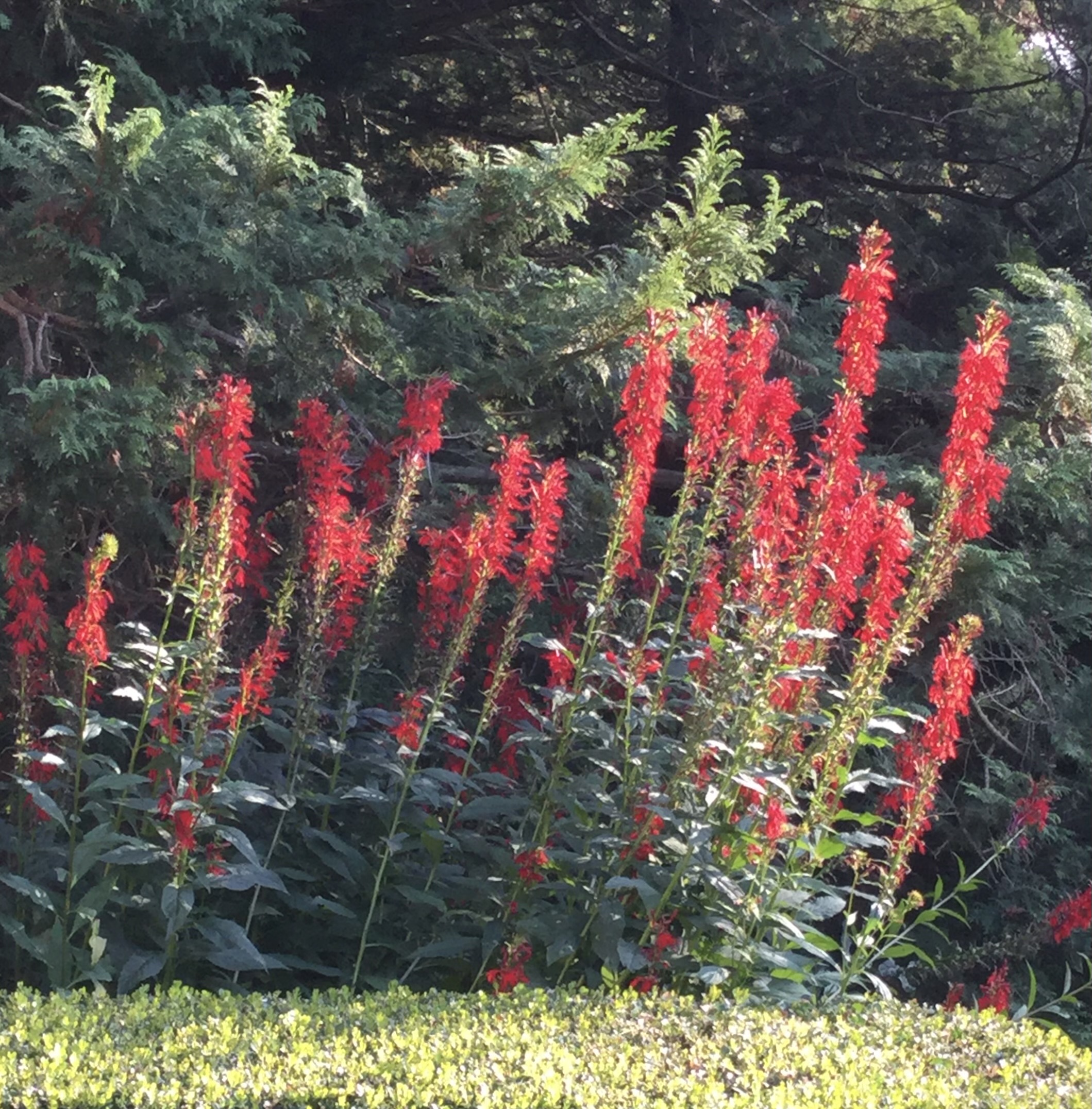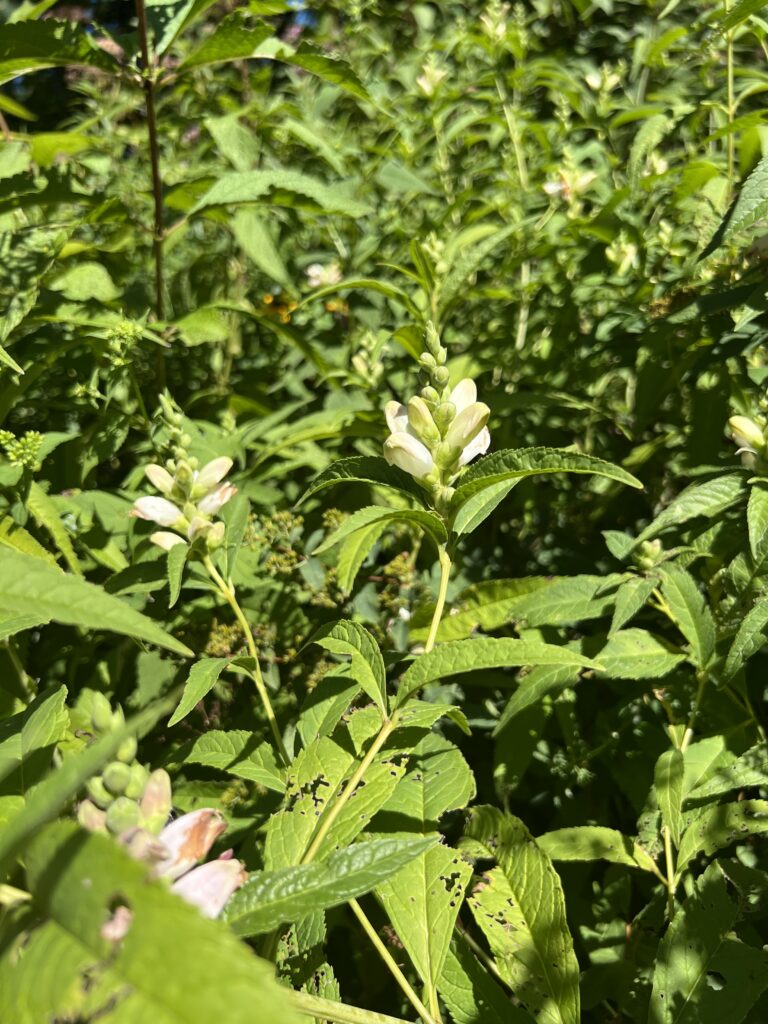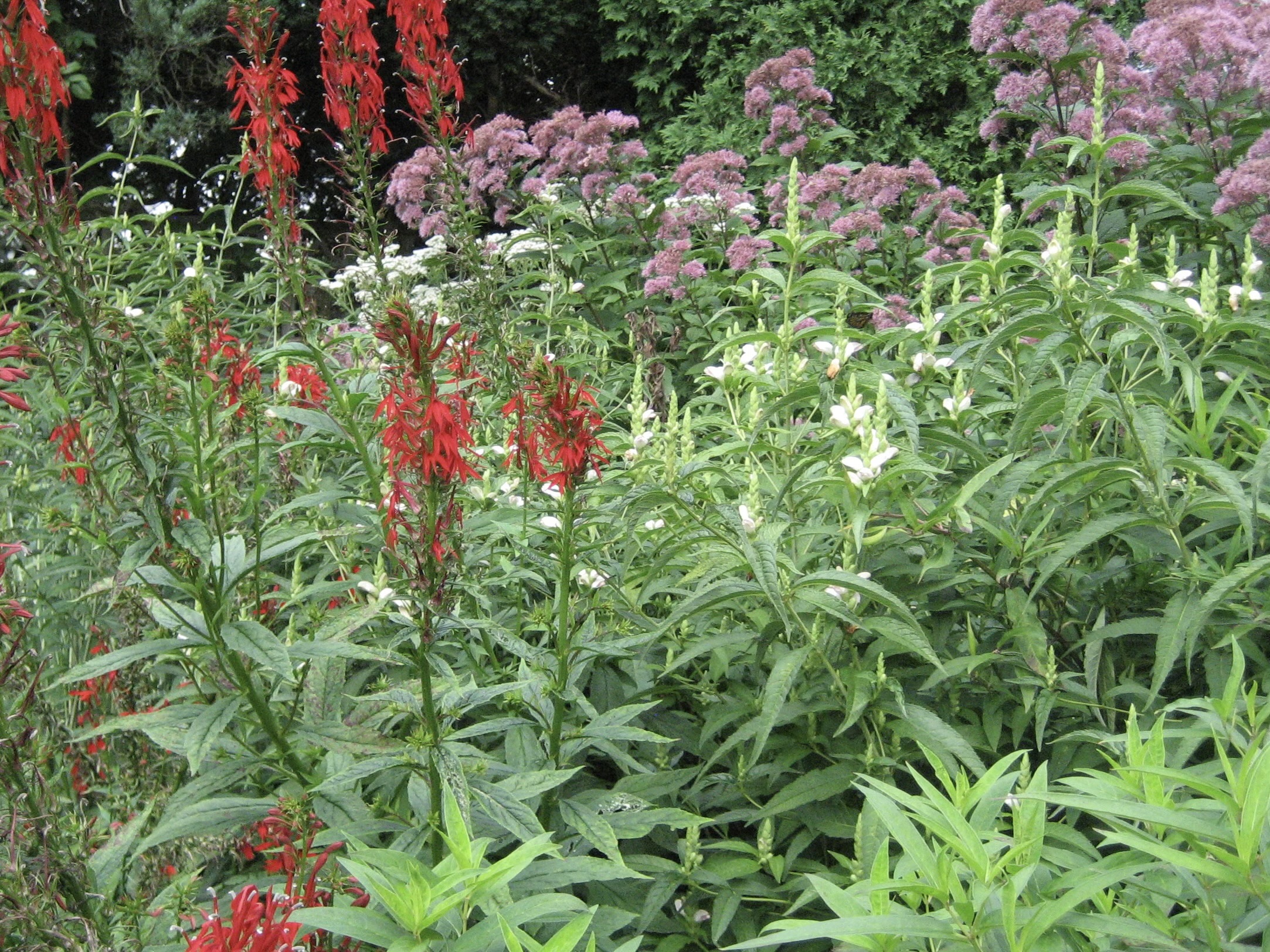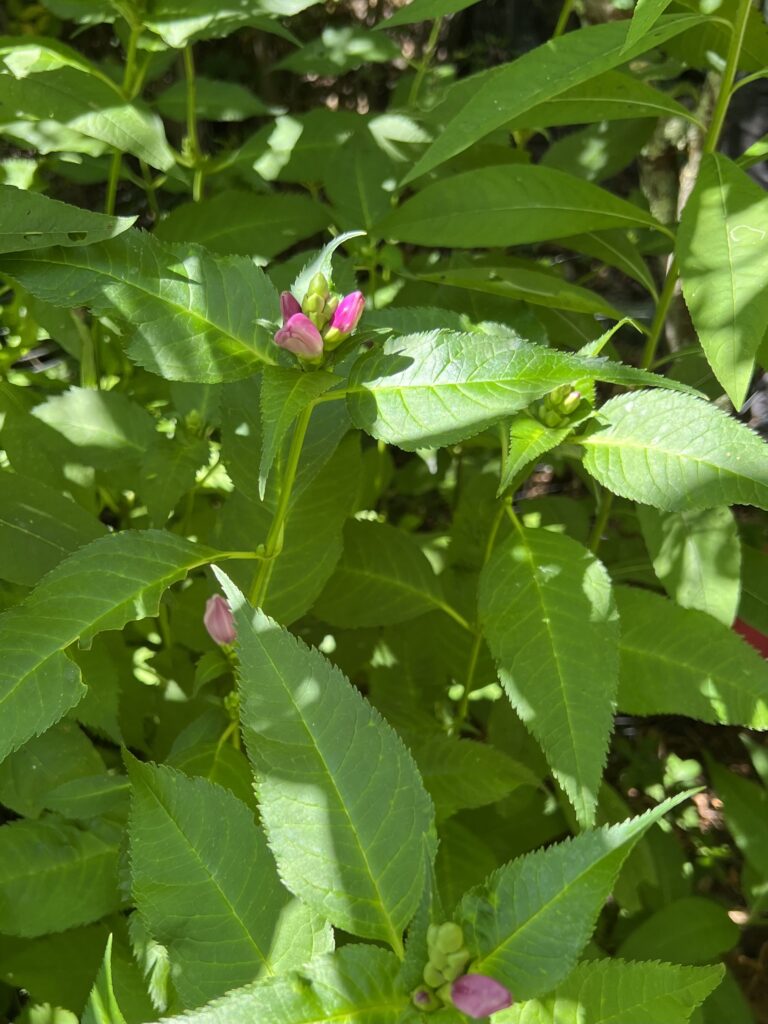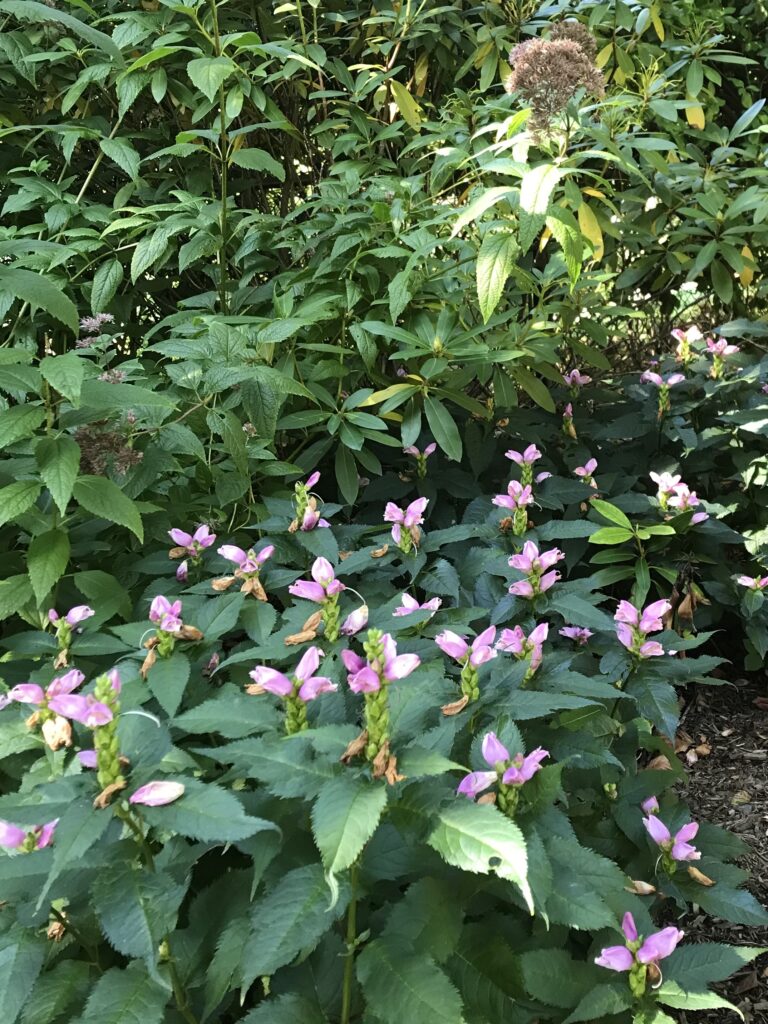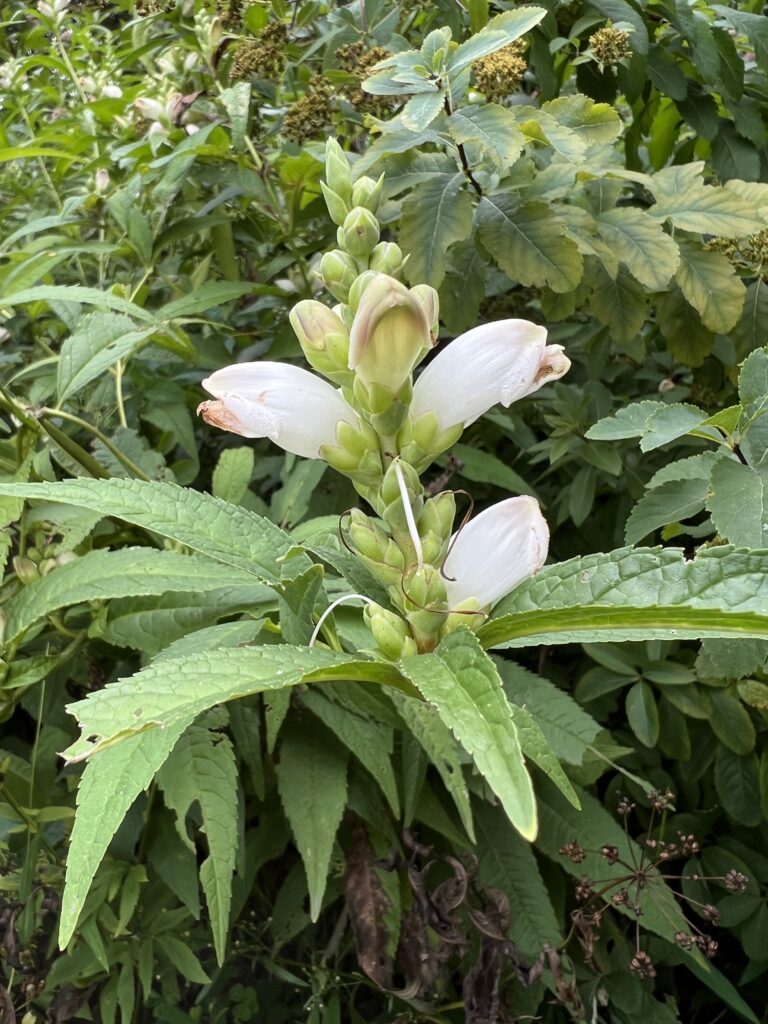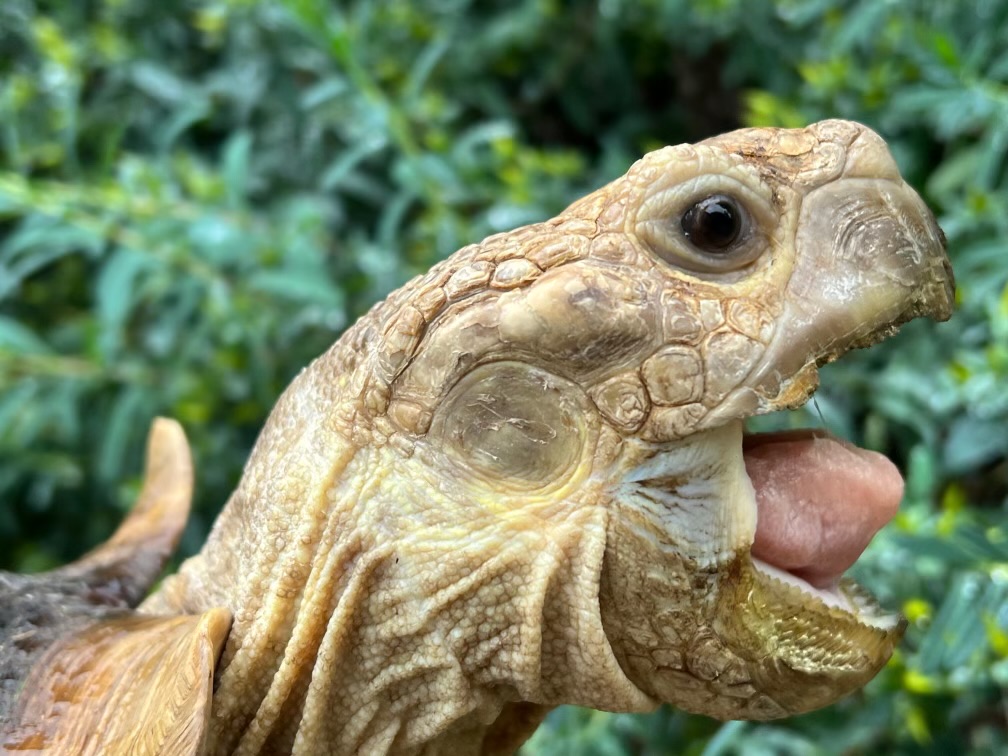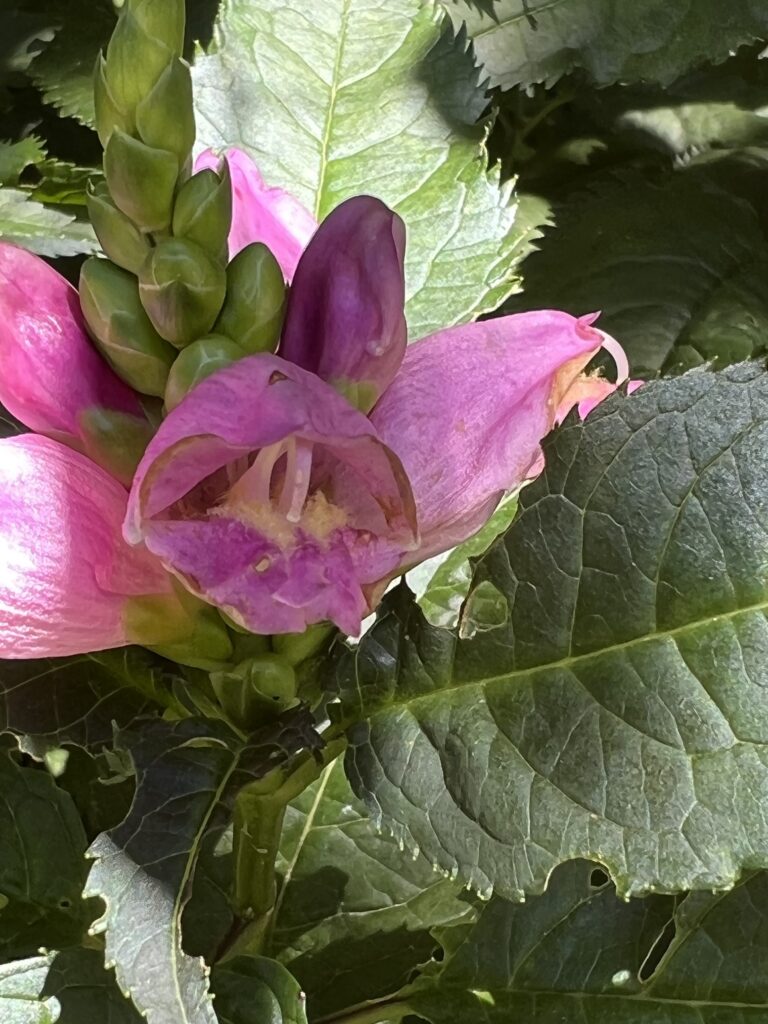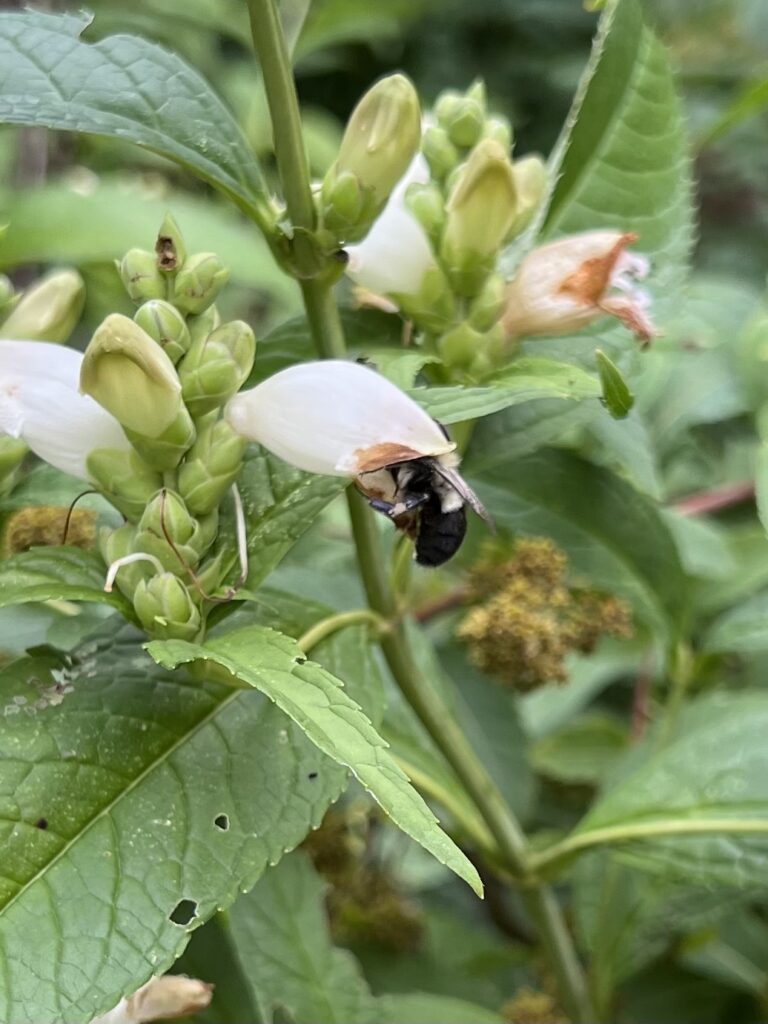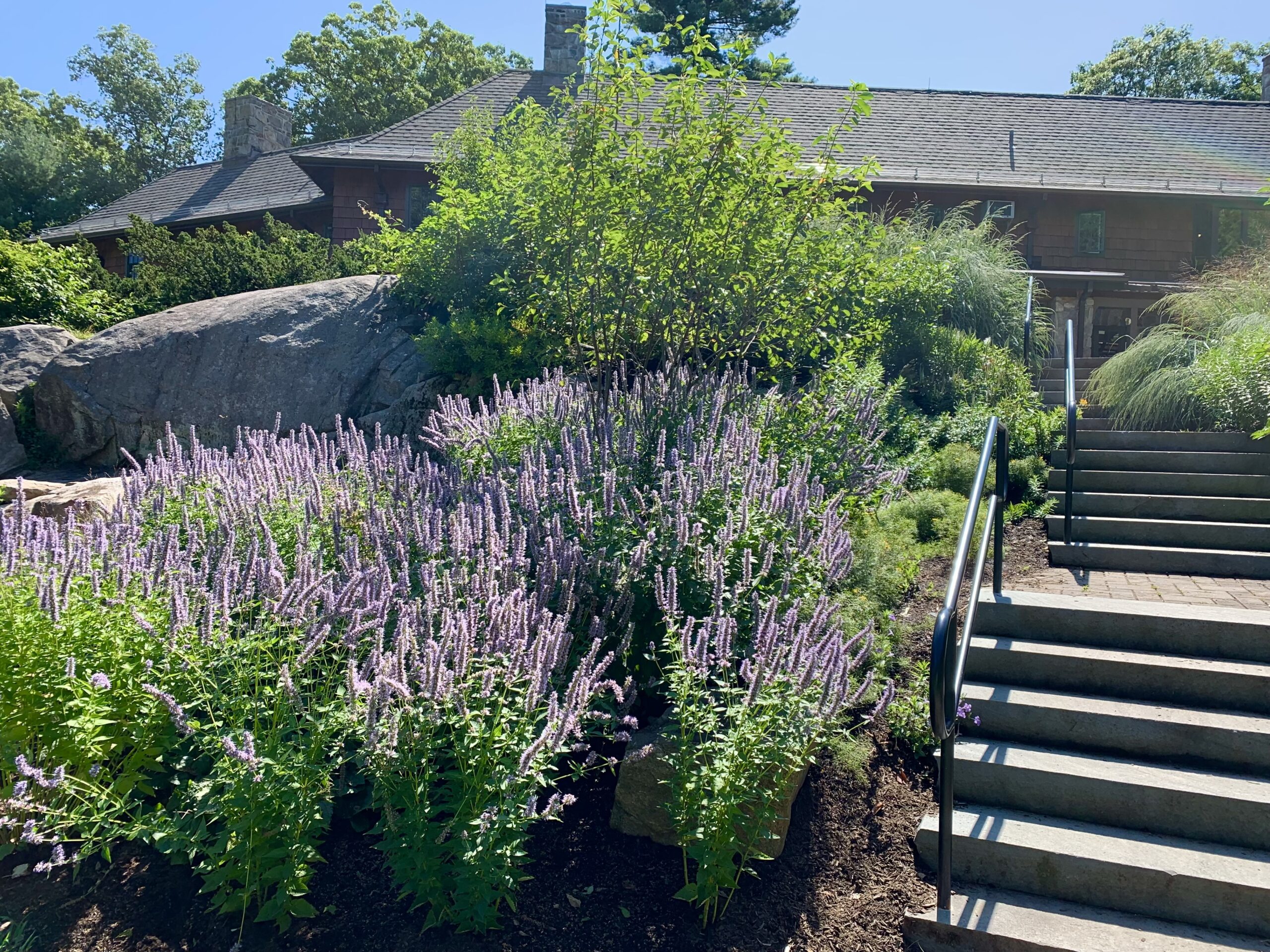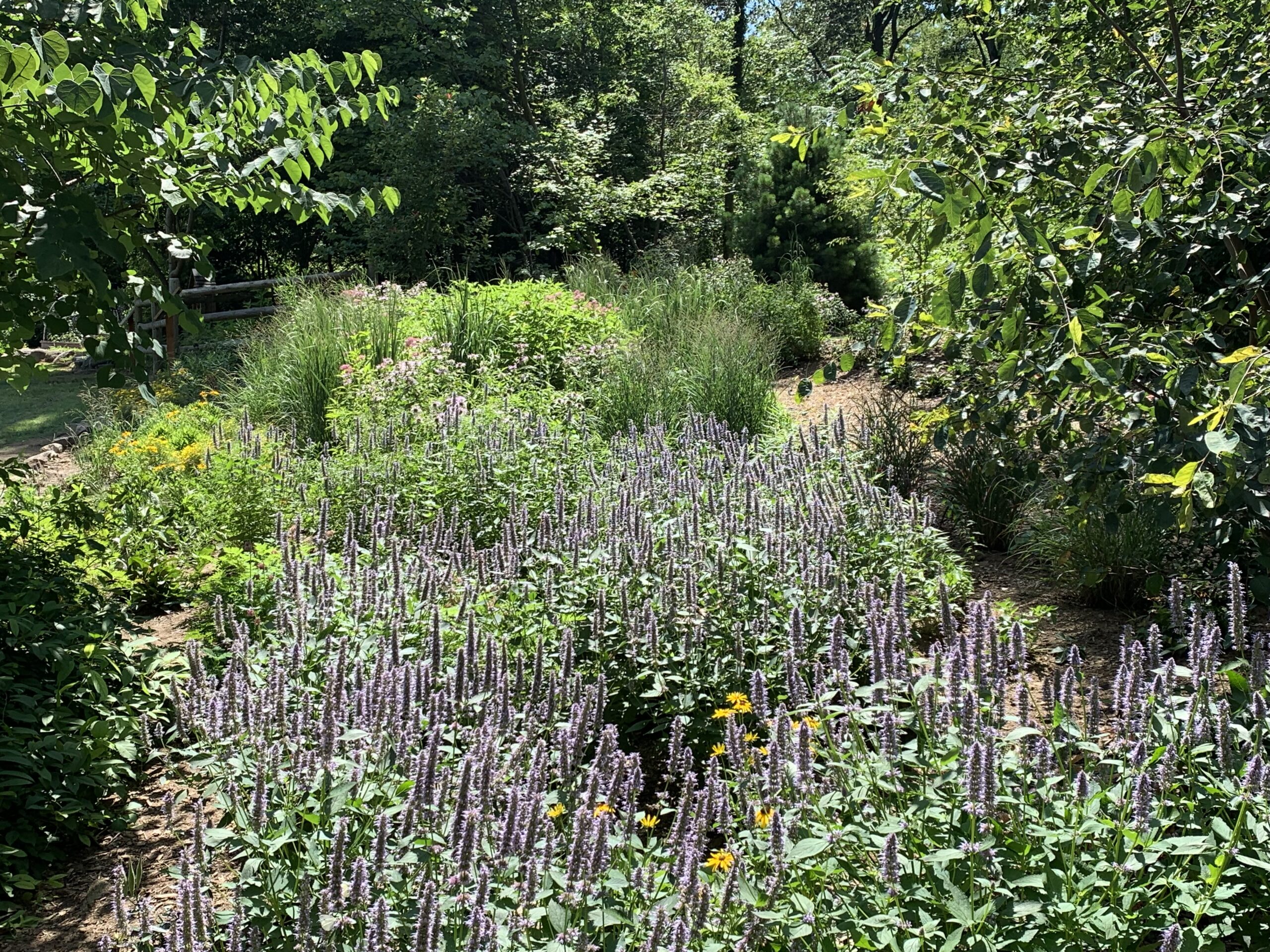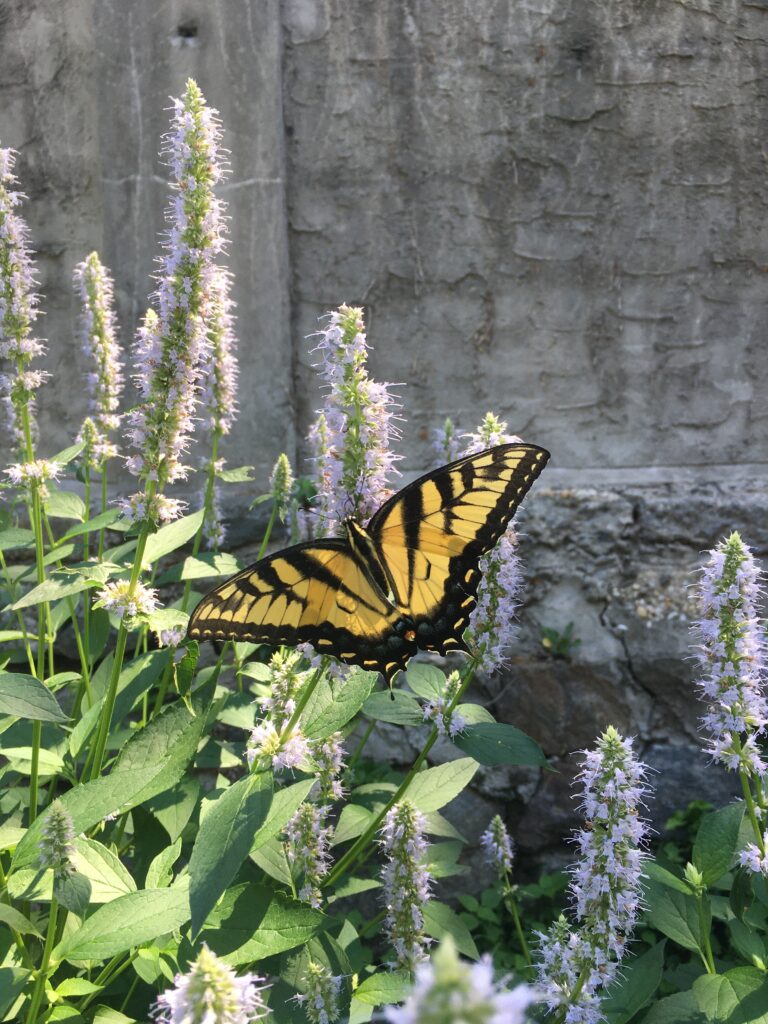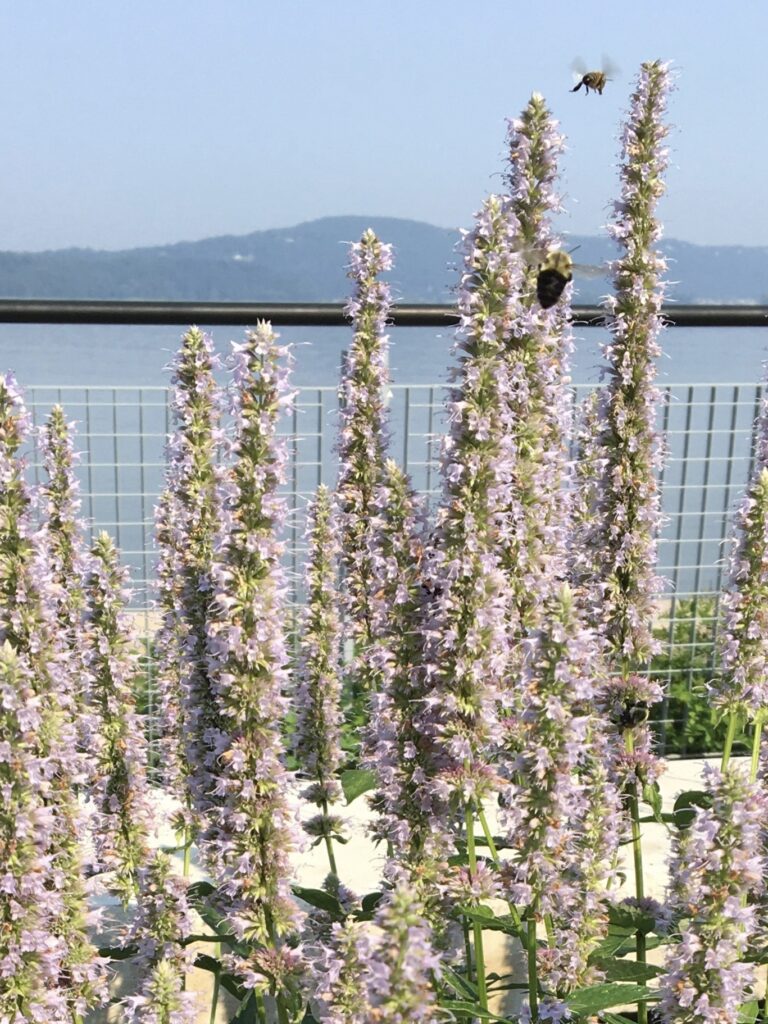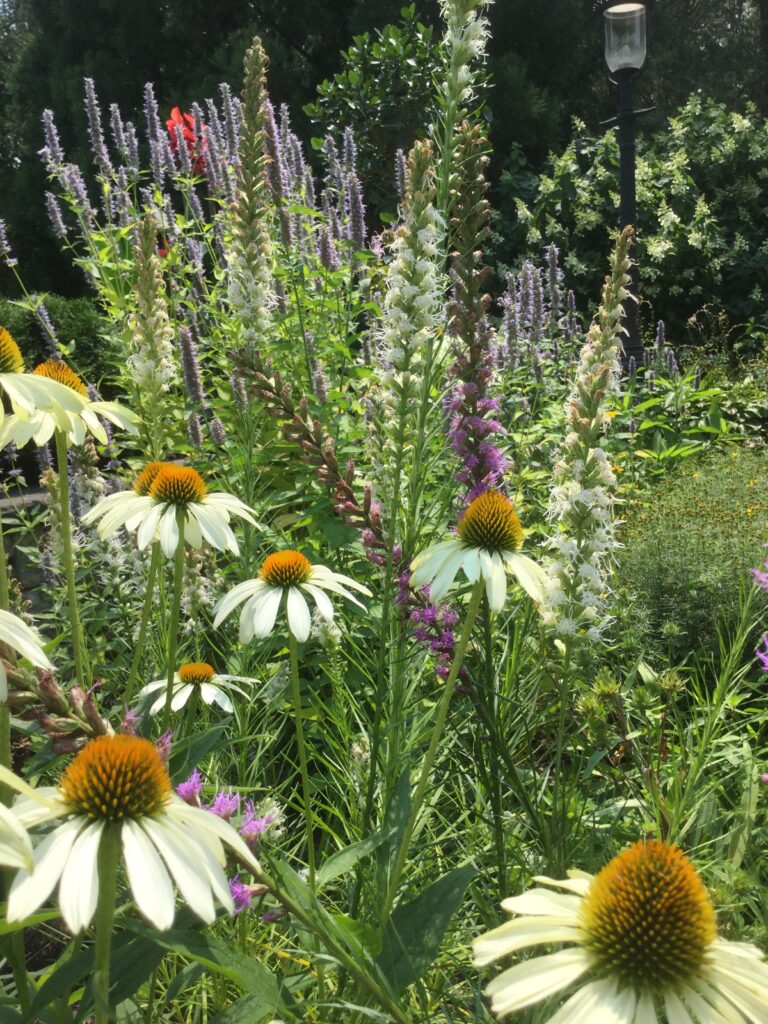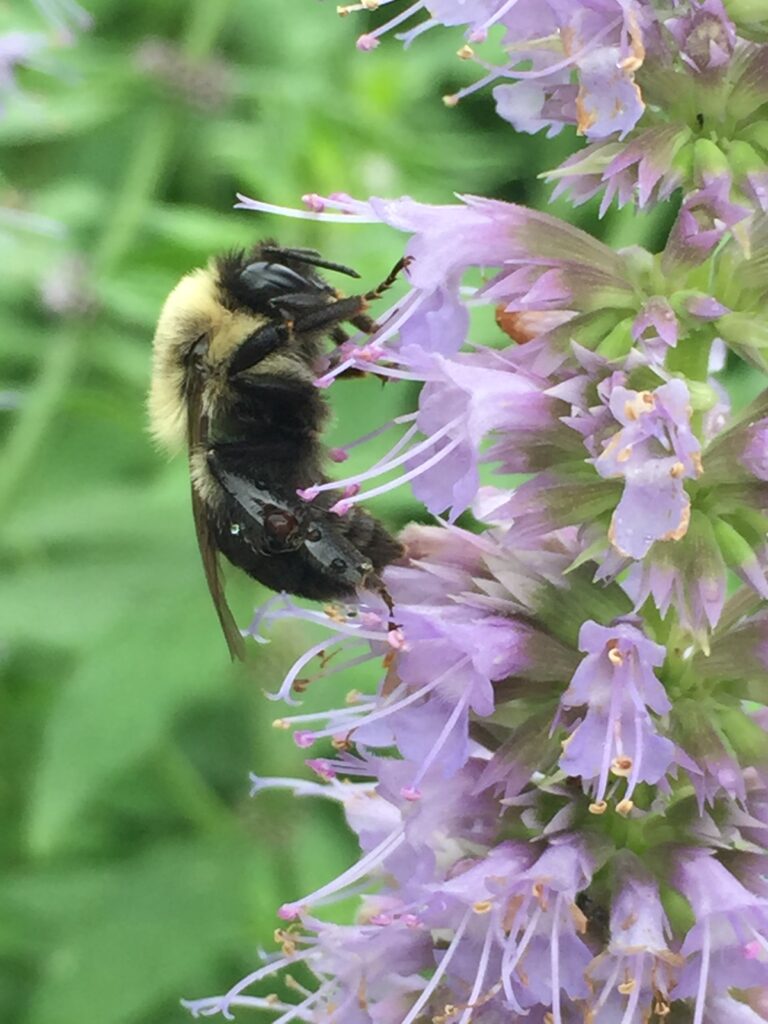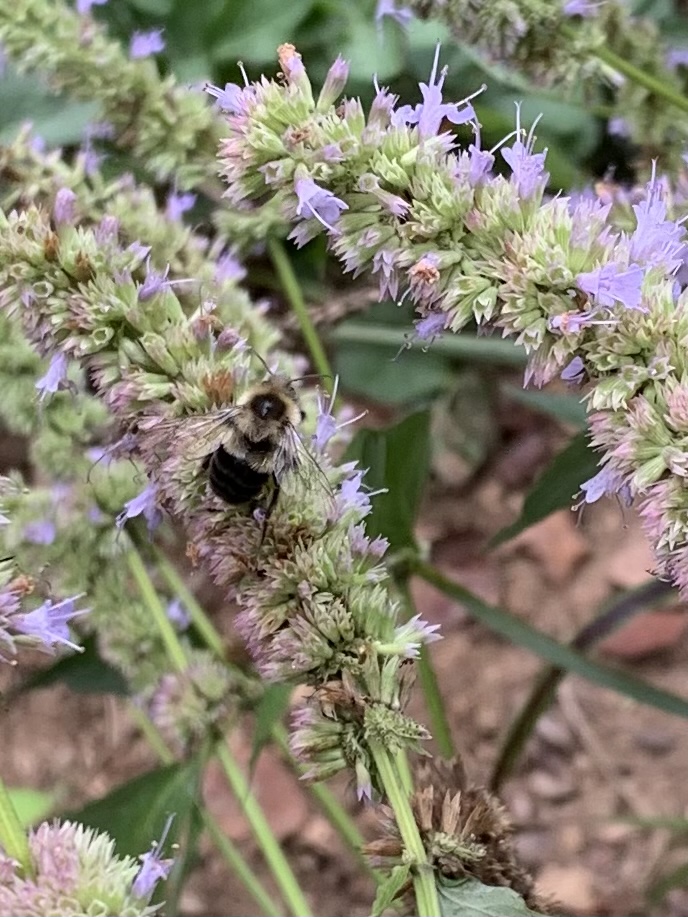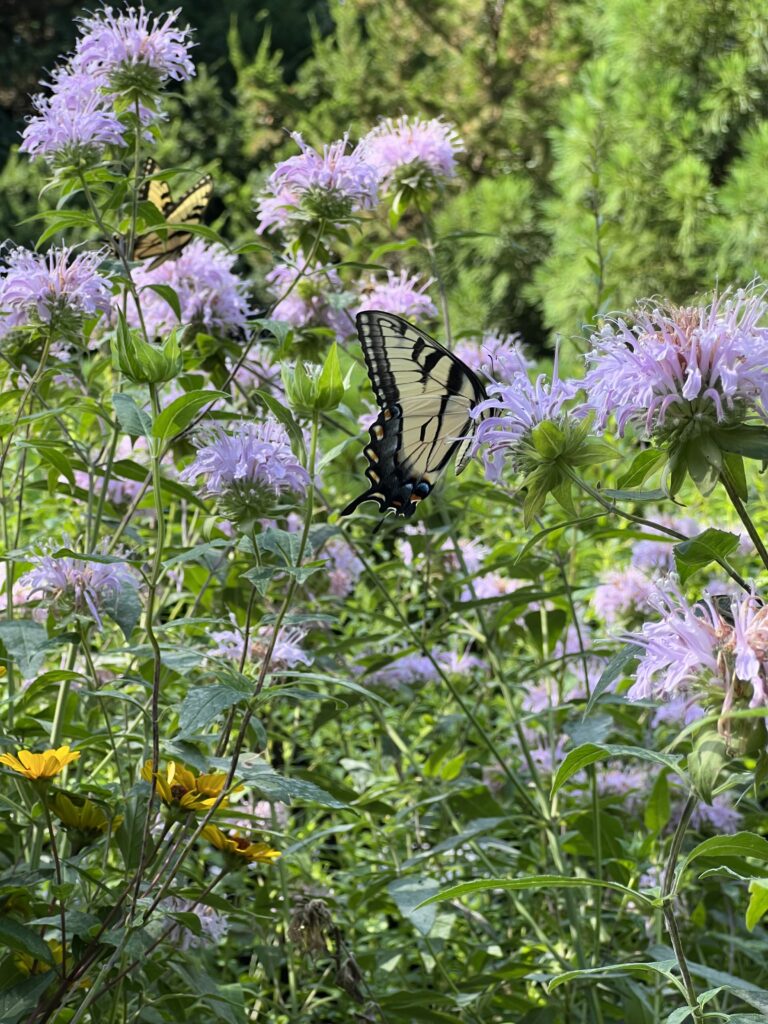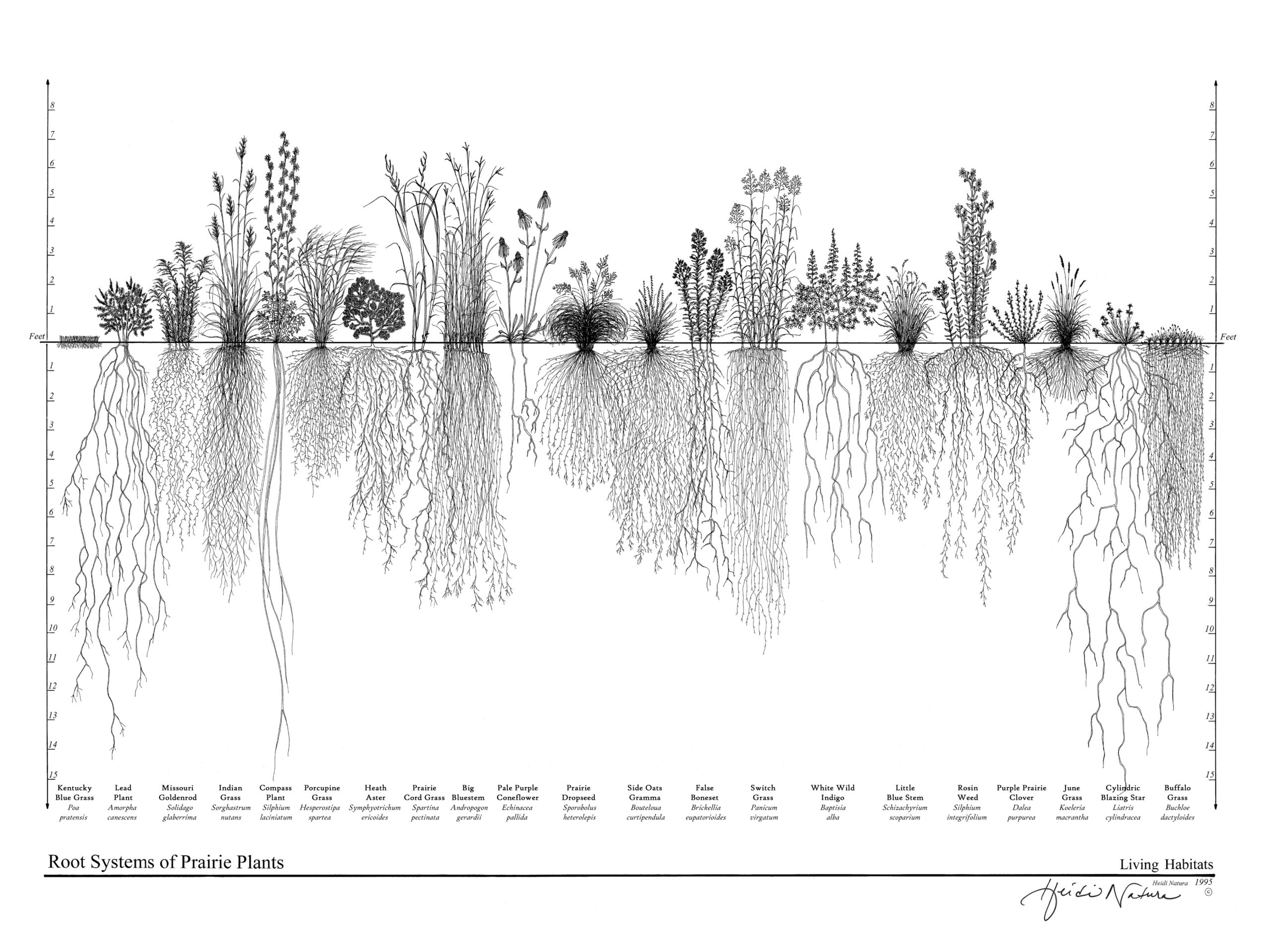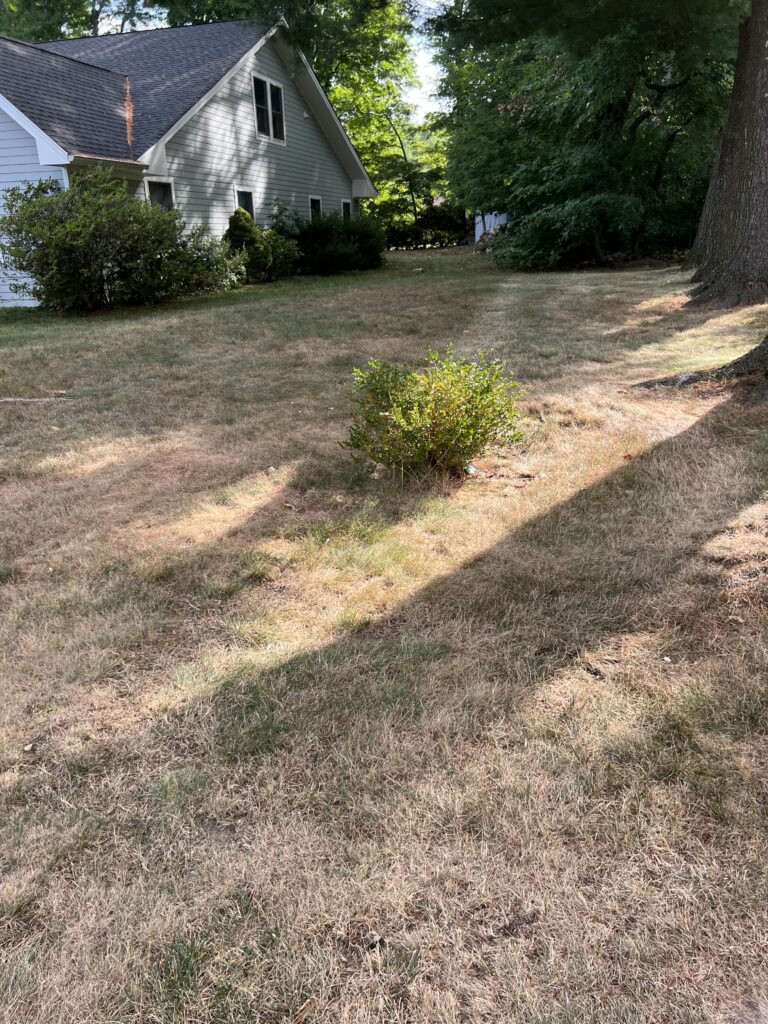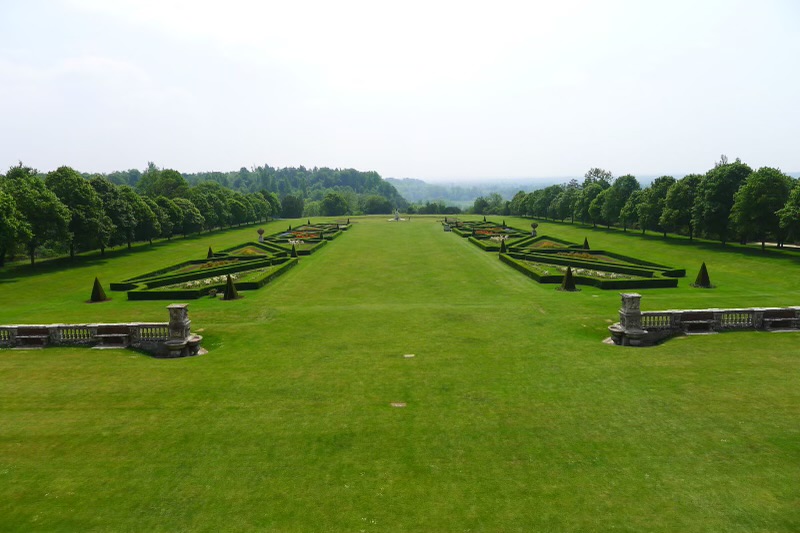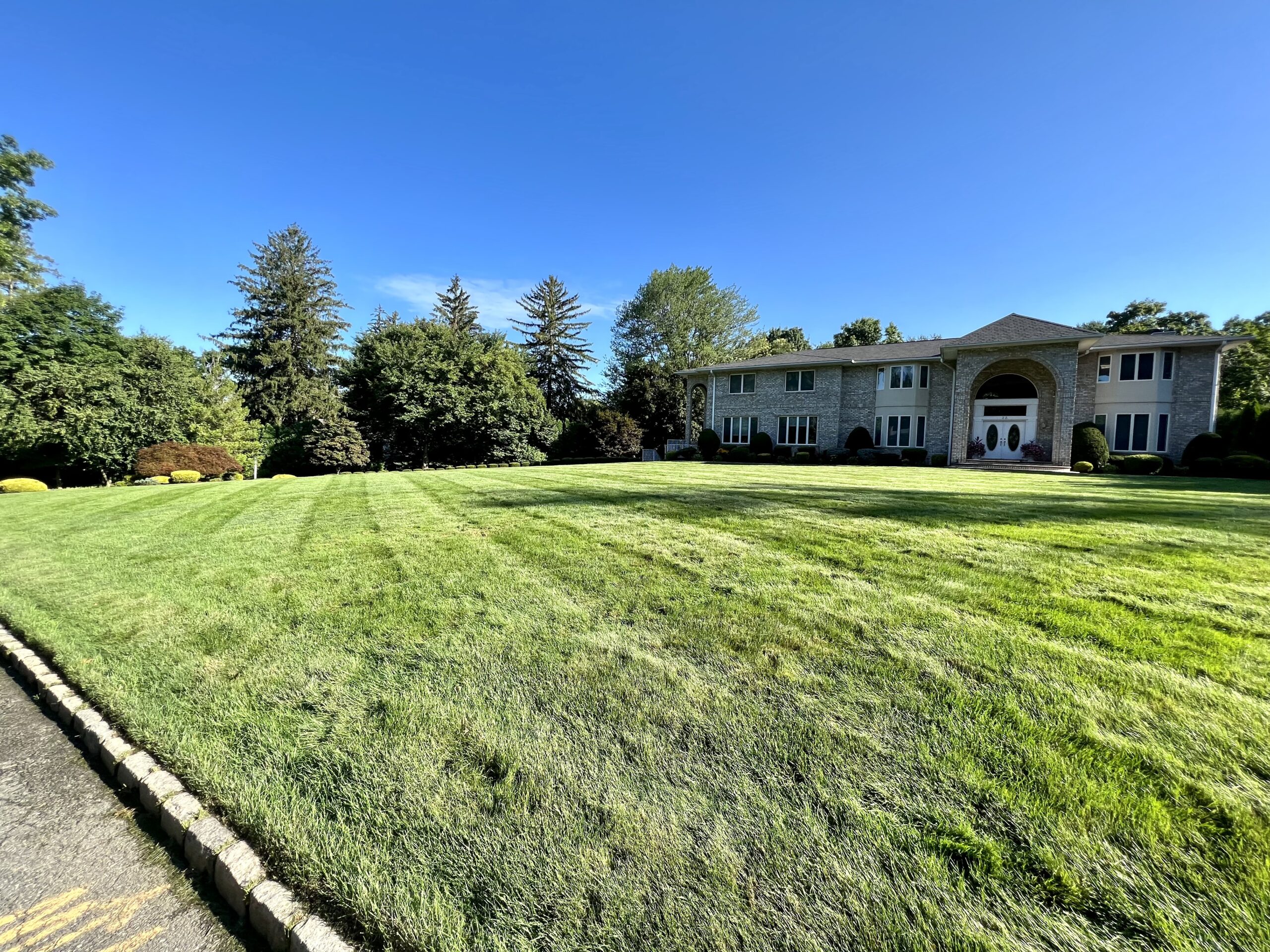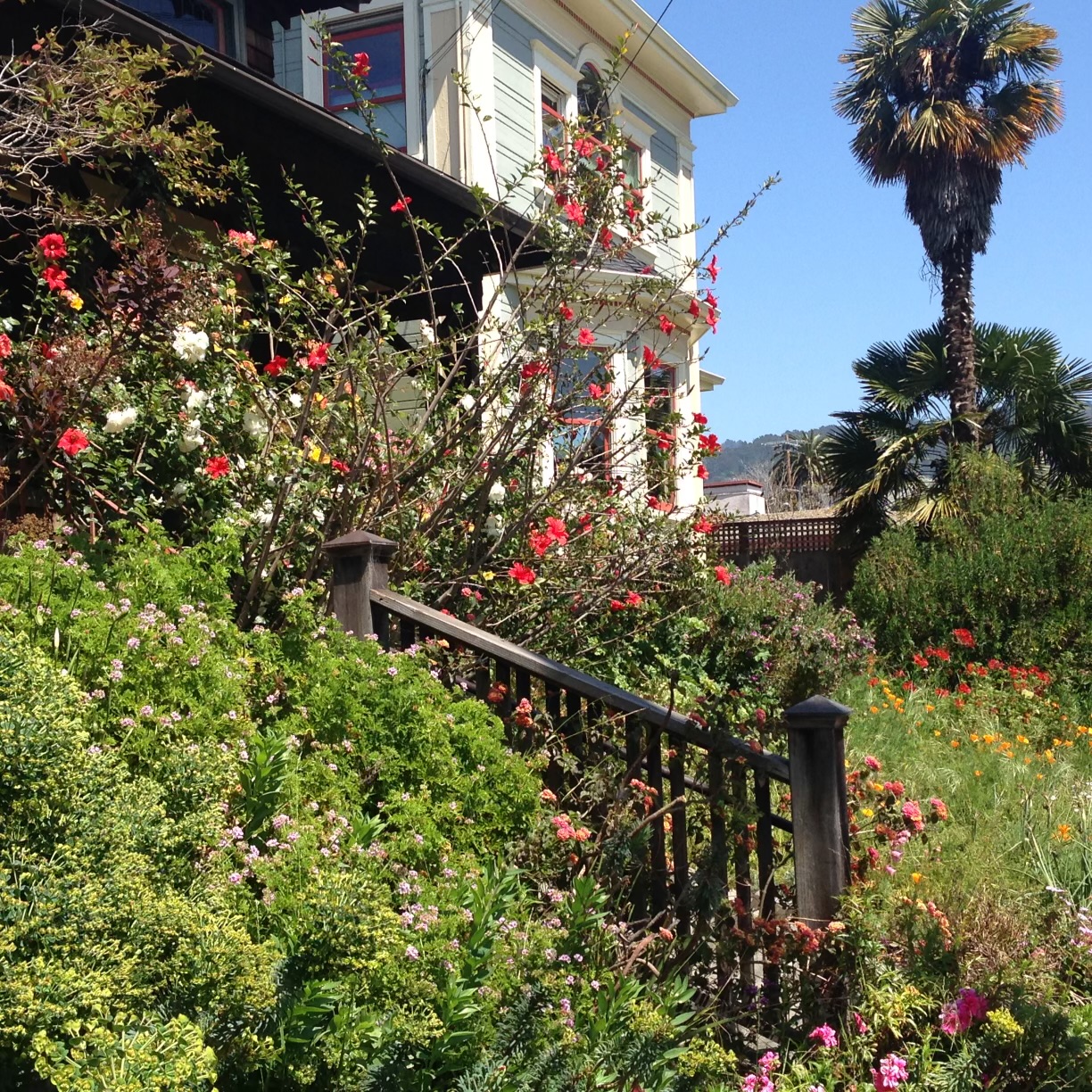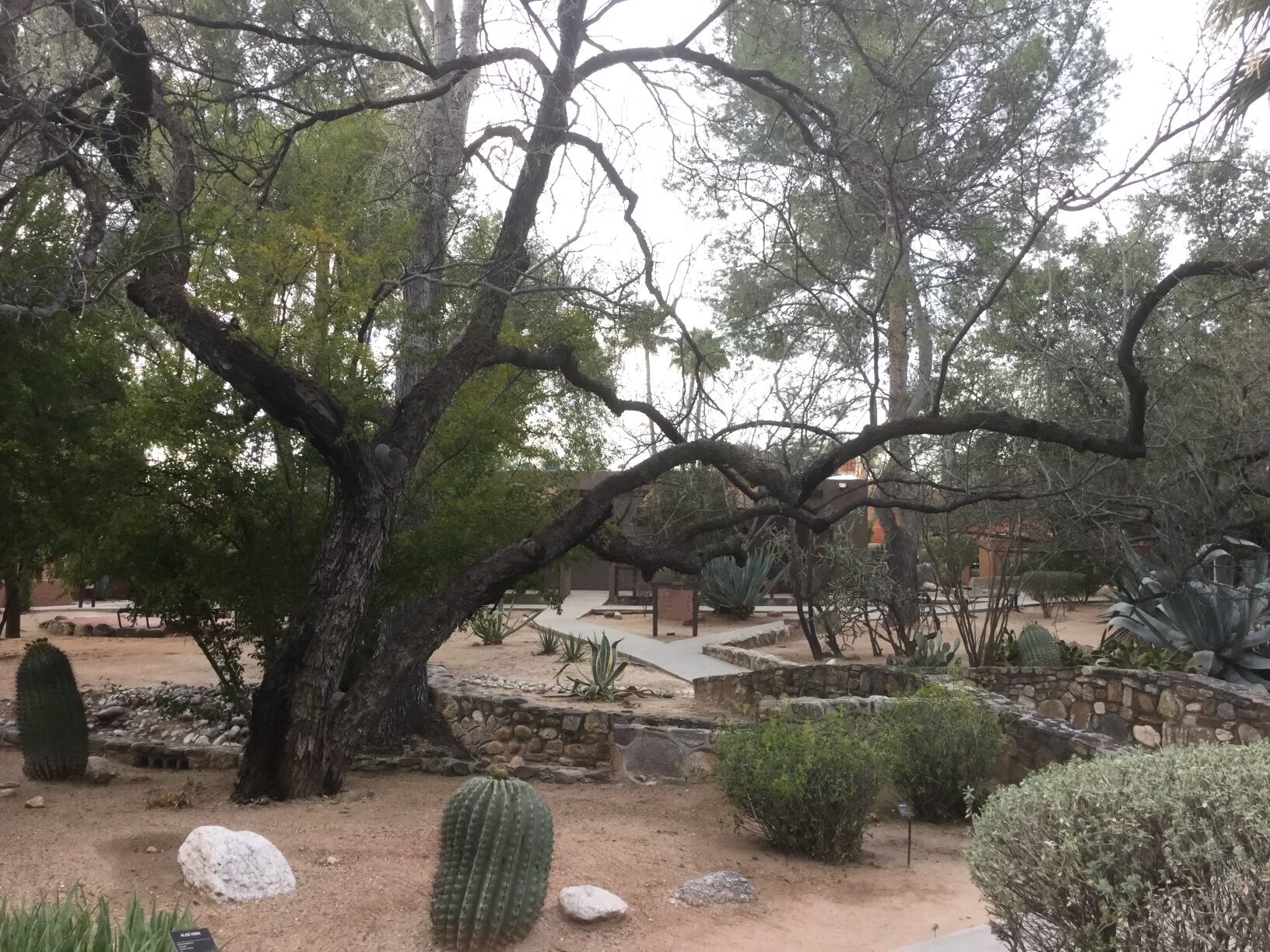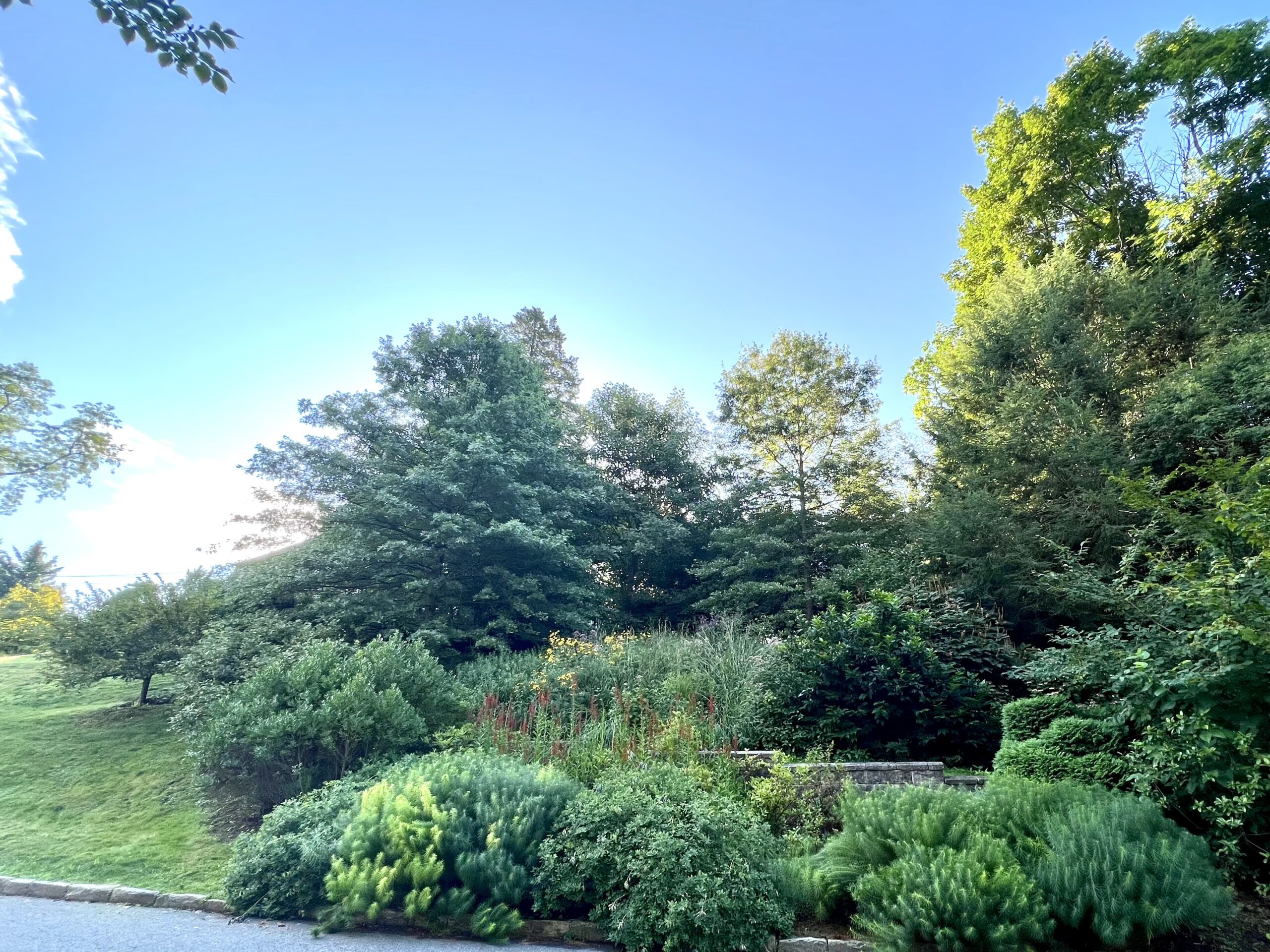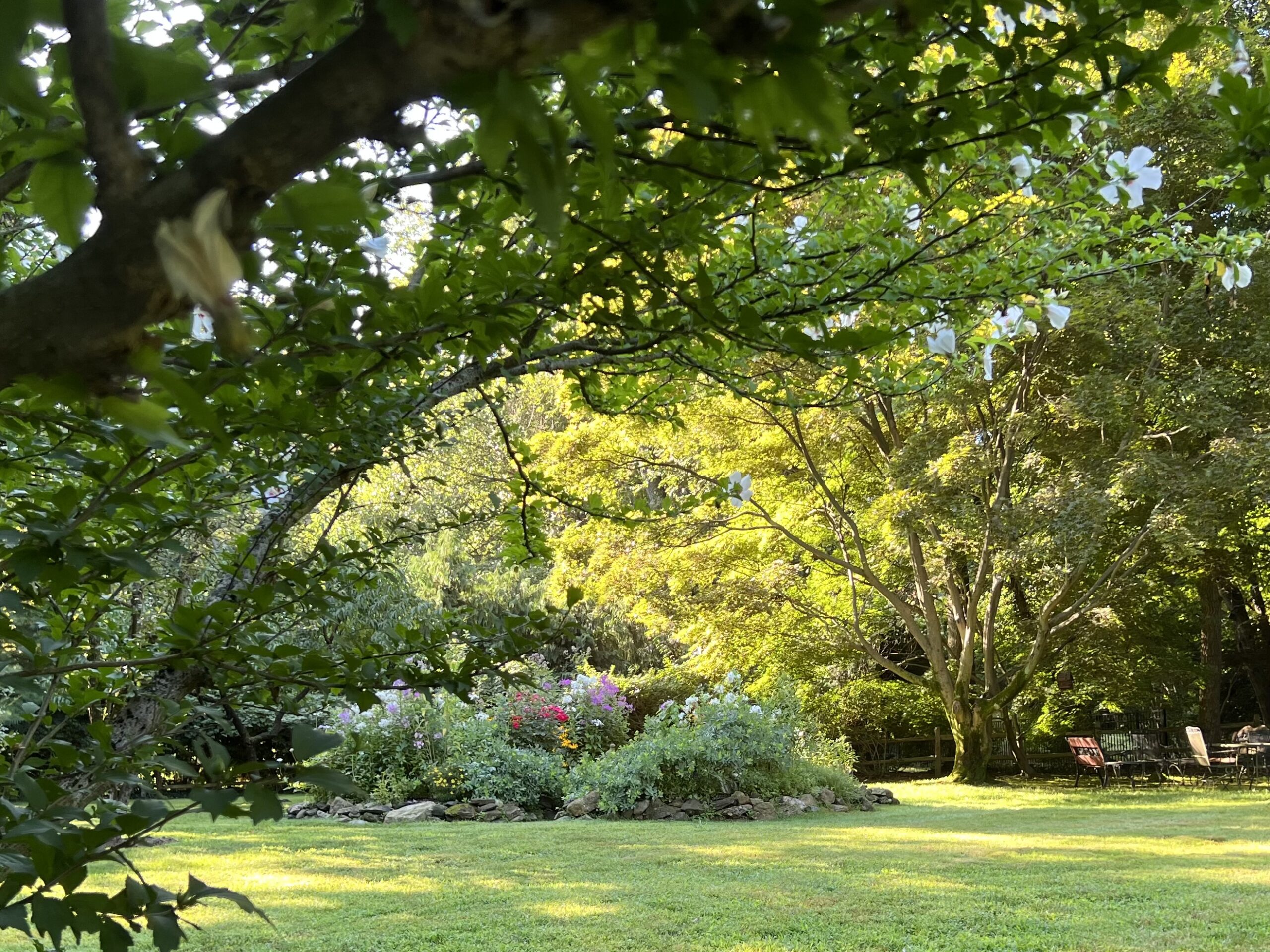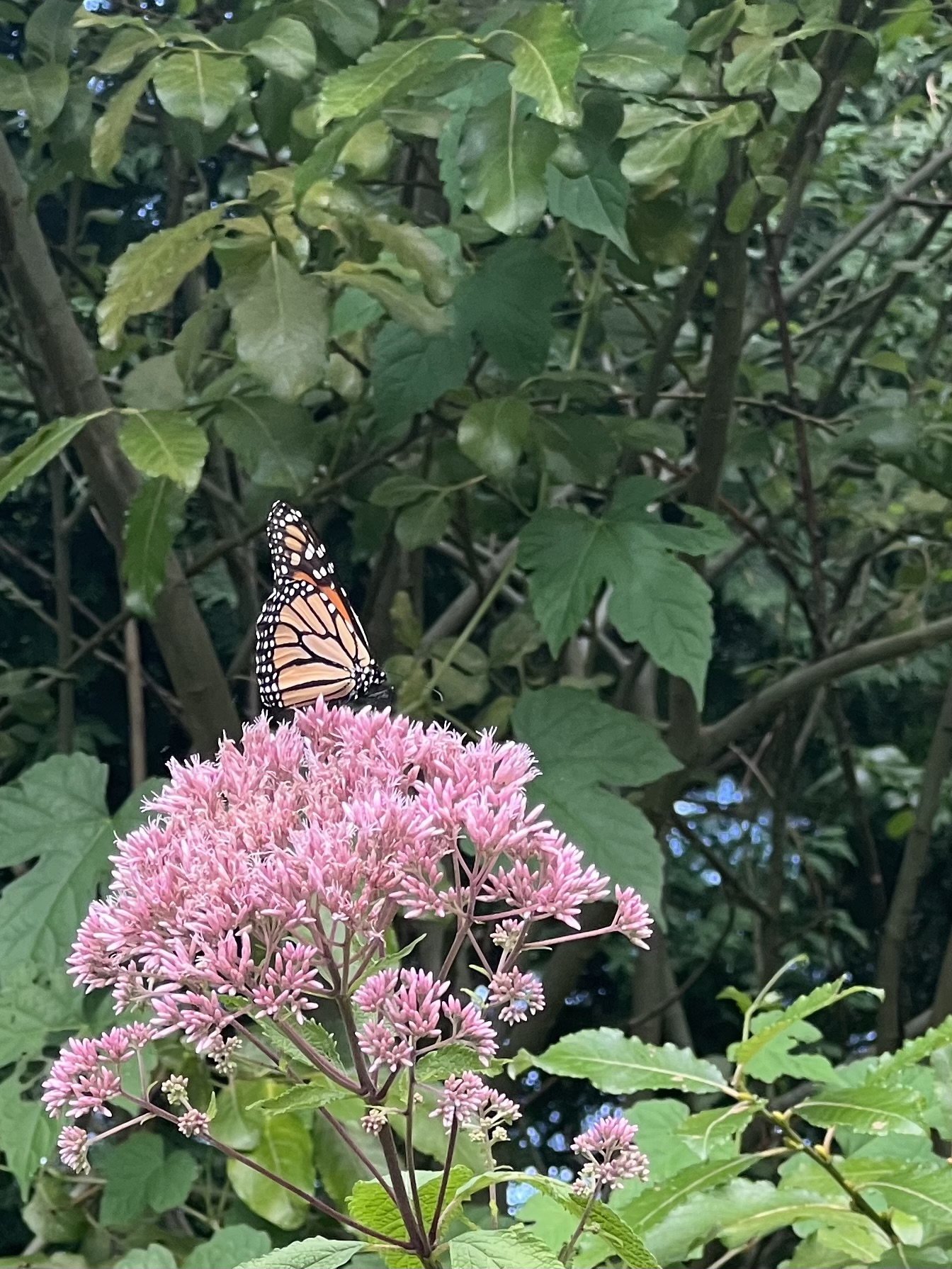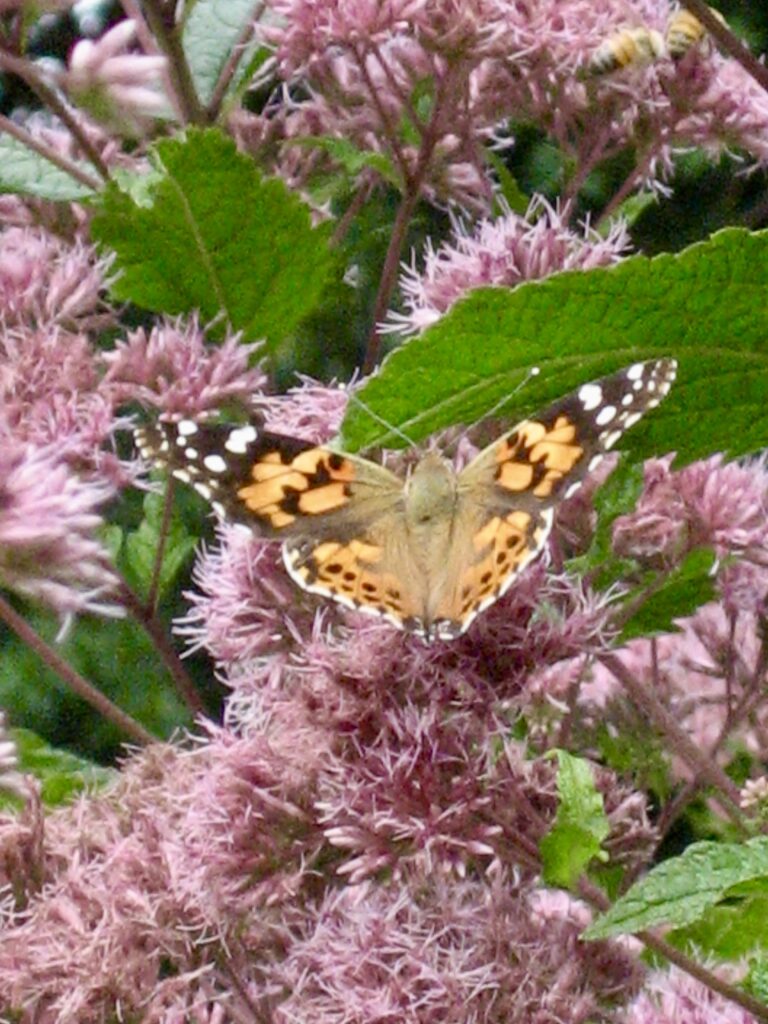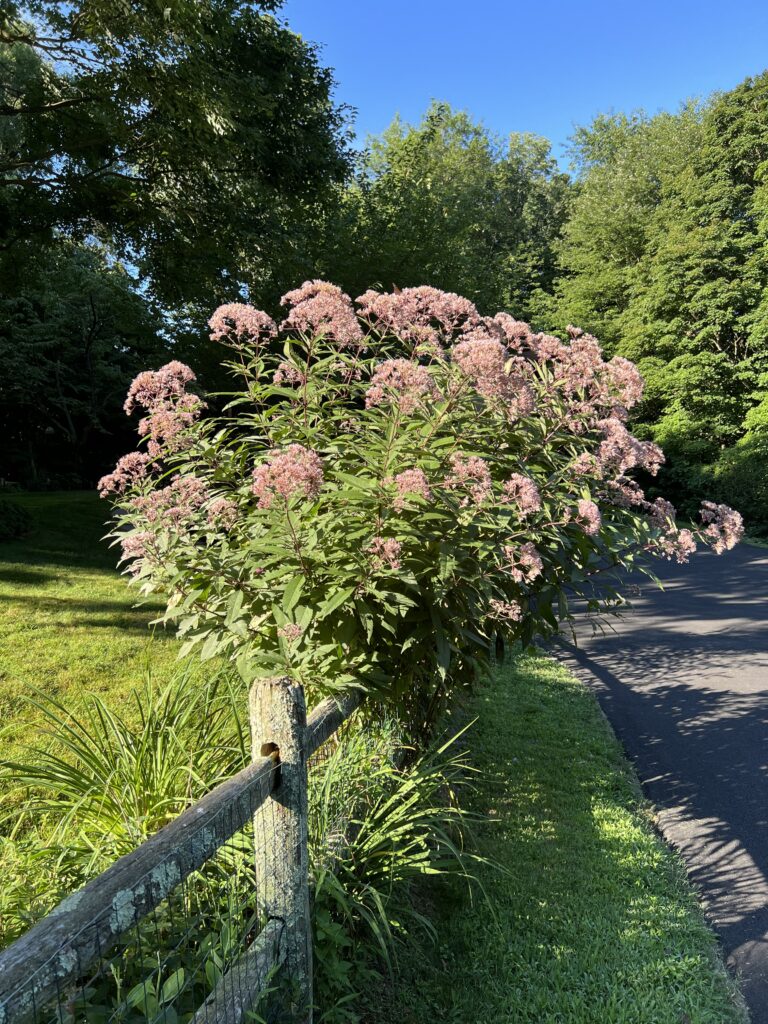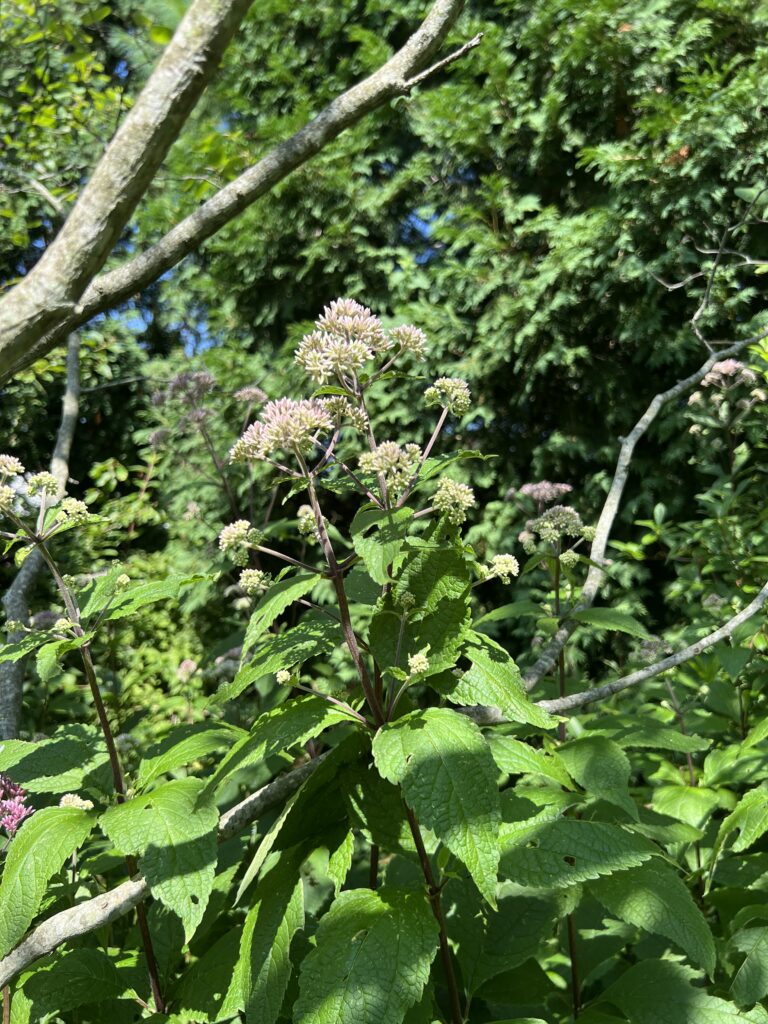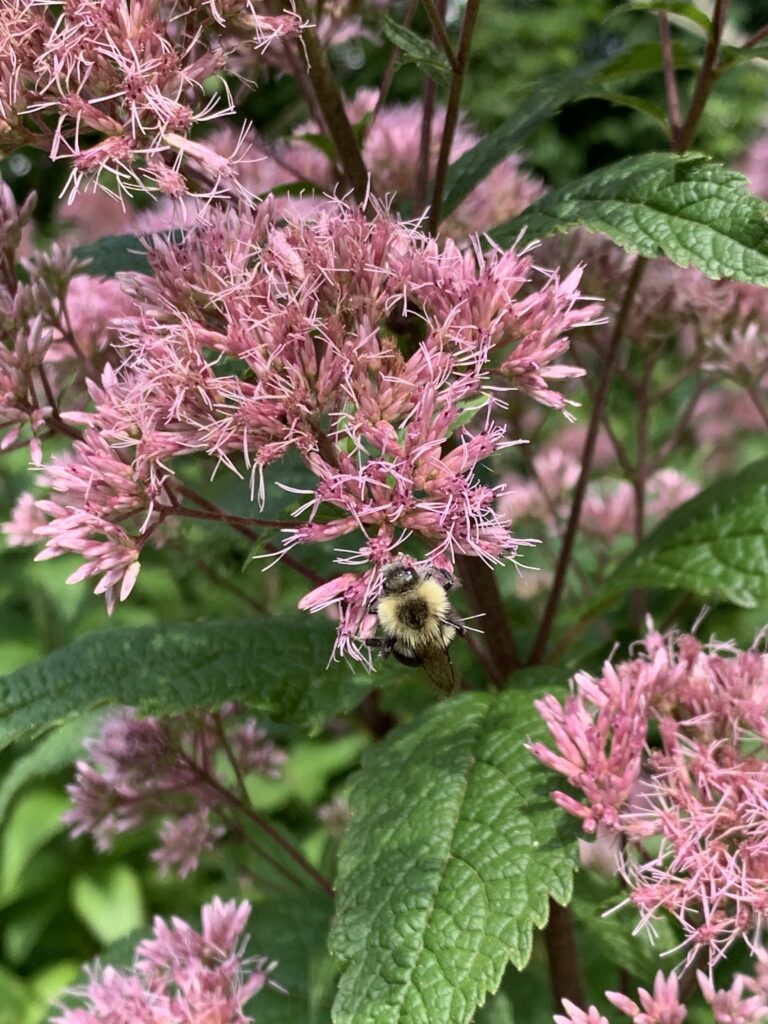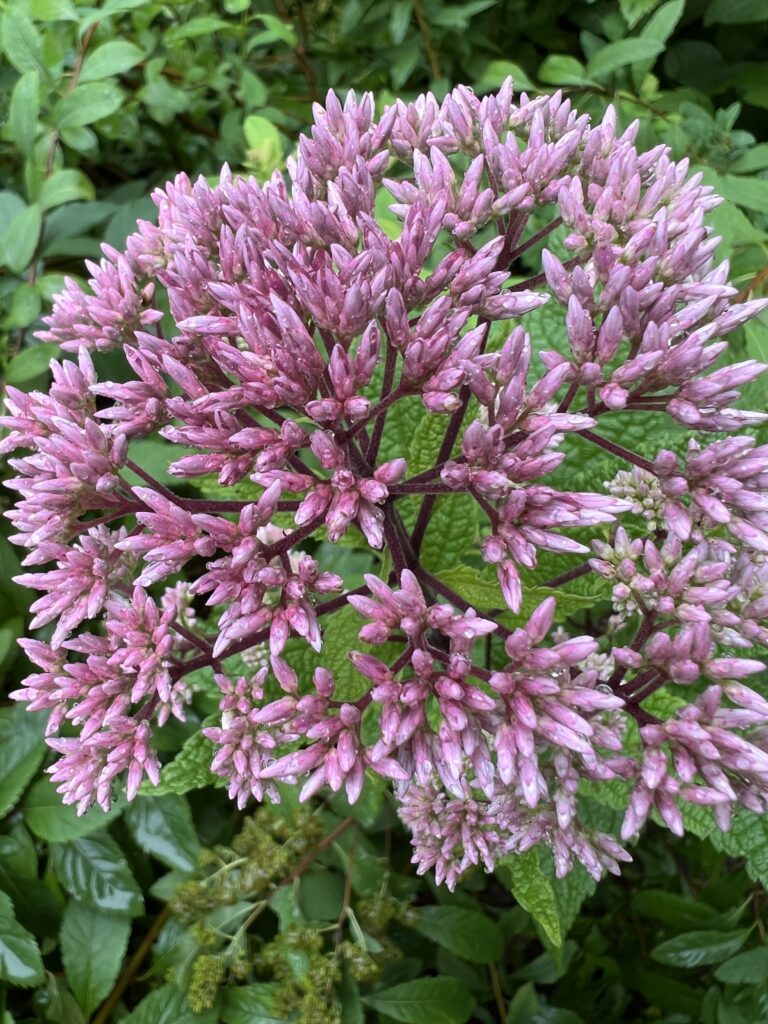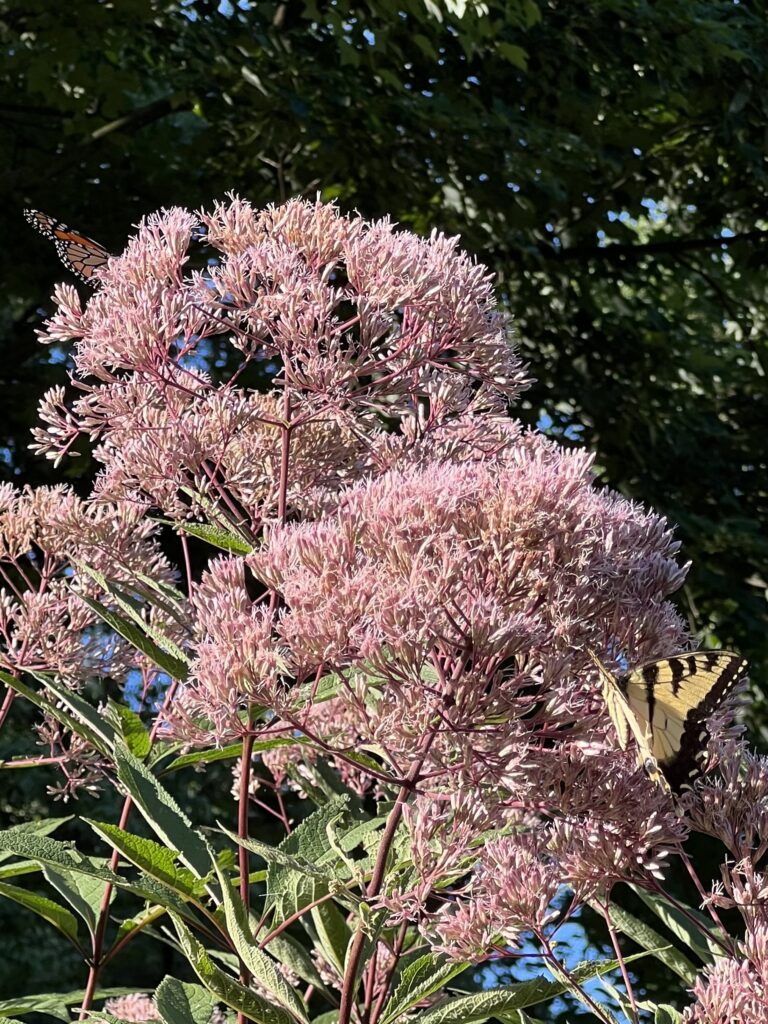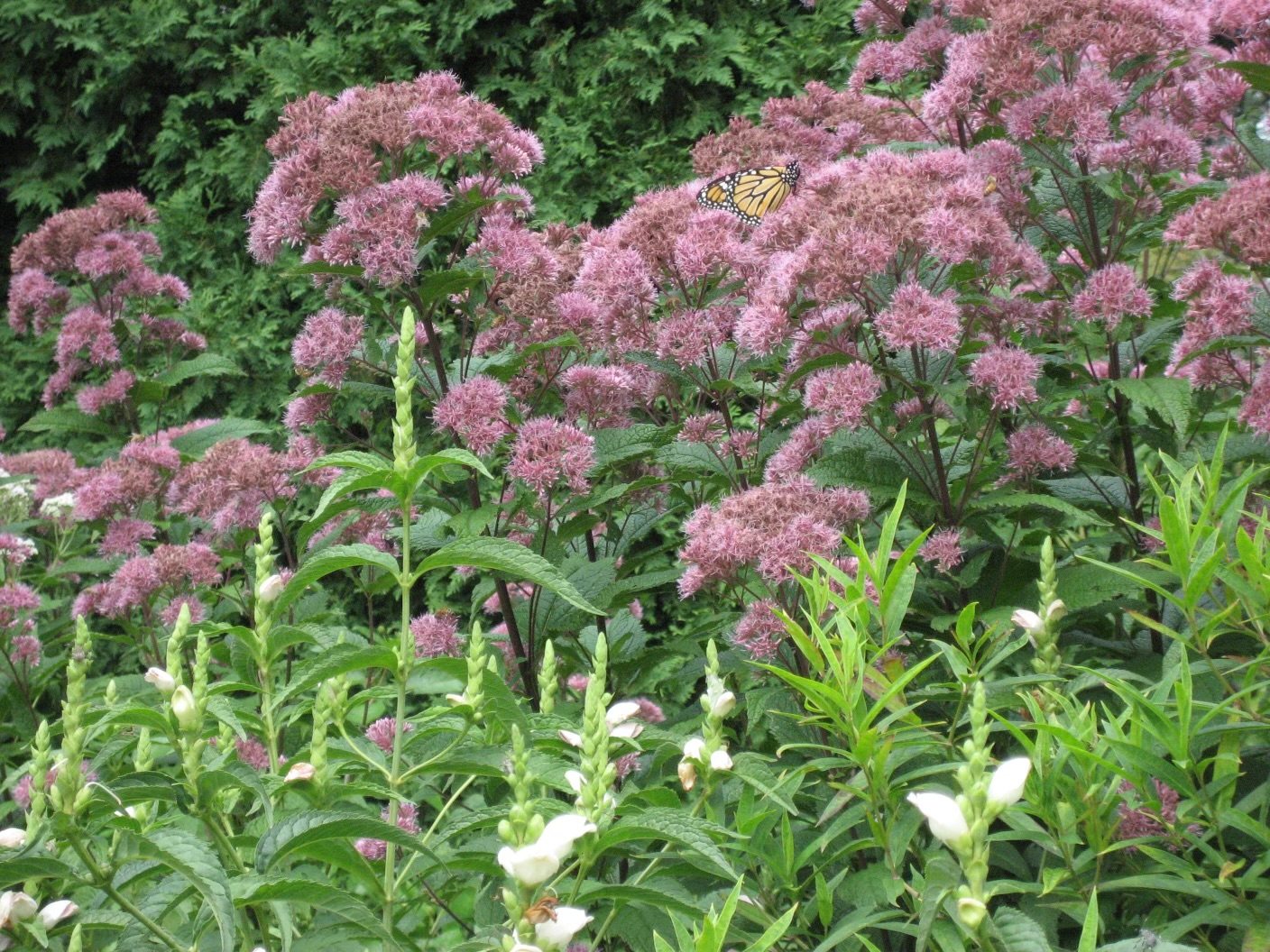If you like reliable, predictable, disciplined plants that remain where you put them and return every year, then this plant is not for you. Cardinal Flower (Lobelia cardinalis) is unreliable, eccentric, and unpredictable. But it also has the truest, deepest red flowers you are likely to find. It brings hummingbirds without fail, and is absolutely captivating!
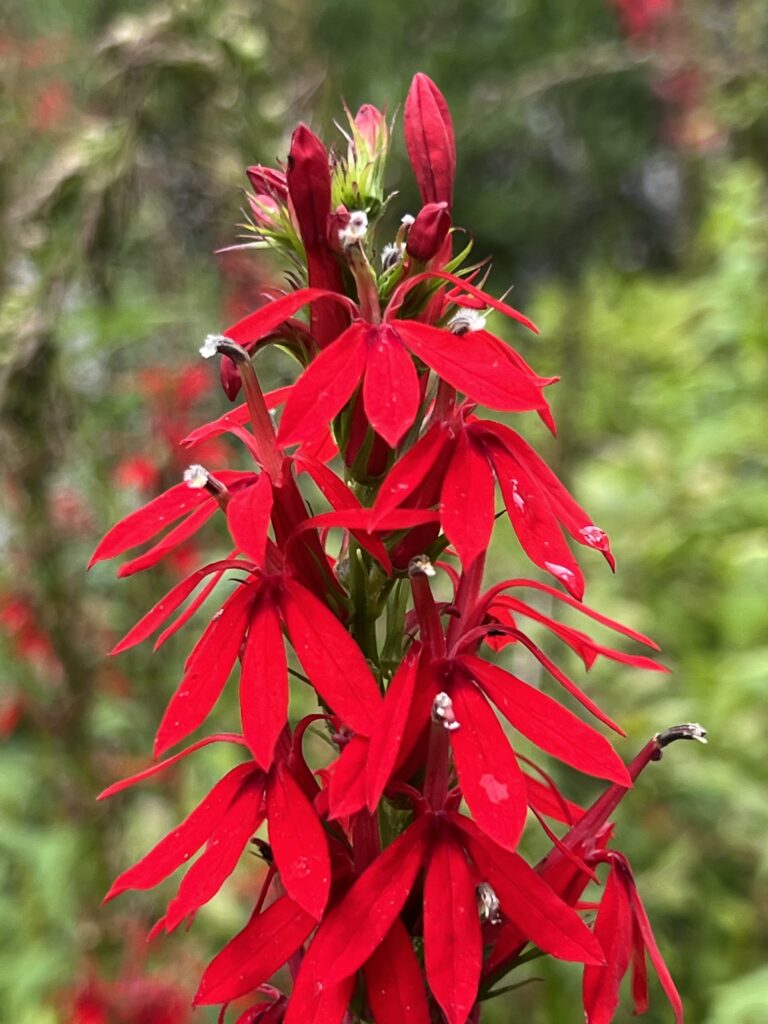
Cardinal Flower blooms for weeks in late summer. The flower stalks are 3 to 5 feet tall, and the flowers open in succession from bottom to top. The flowering portion of the stem can be 2 or 3 feet long, and the leaves are deep green, providing a perfect background for the flowers.
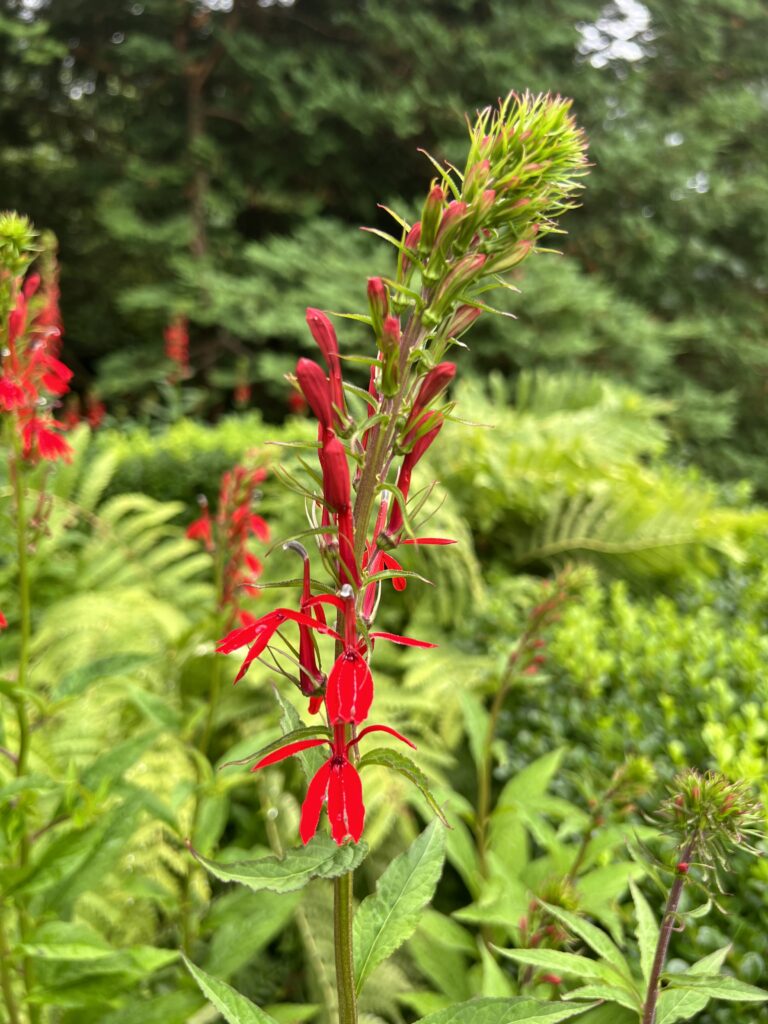
Cardinal Flower is nature’s original hummingbird feeder. Hummingbirds are drawn by the intense red color and plentiful nectar. The flowers are precisely shaped for pollination by hummingbirds, and the plant depends on hummingbirds for pollination. The flower’s pistil and stamens arch above the nectar supply, perfectly placed to brush the hummingbird’s head as it feeds. Pollen collects on top of the bird’s head, and when the hummingbird moves to the next flower, pollen is transferred.
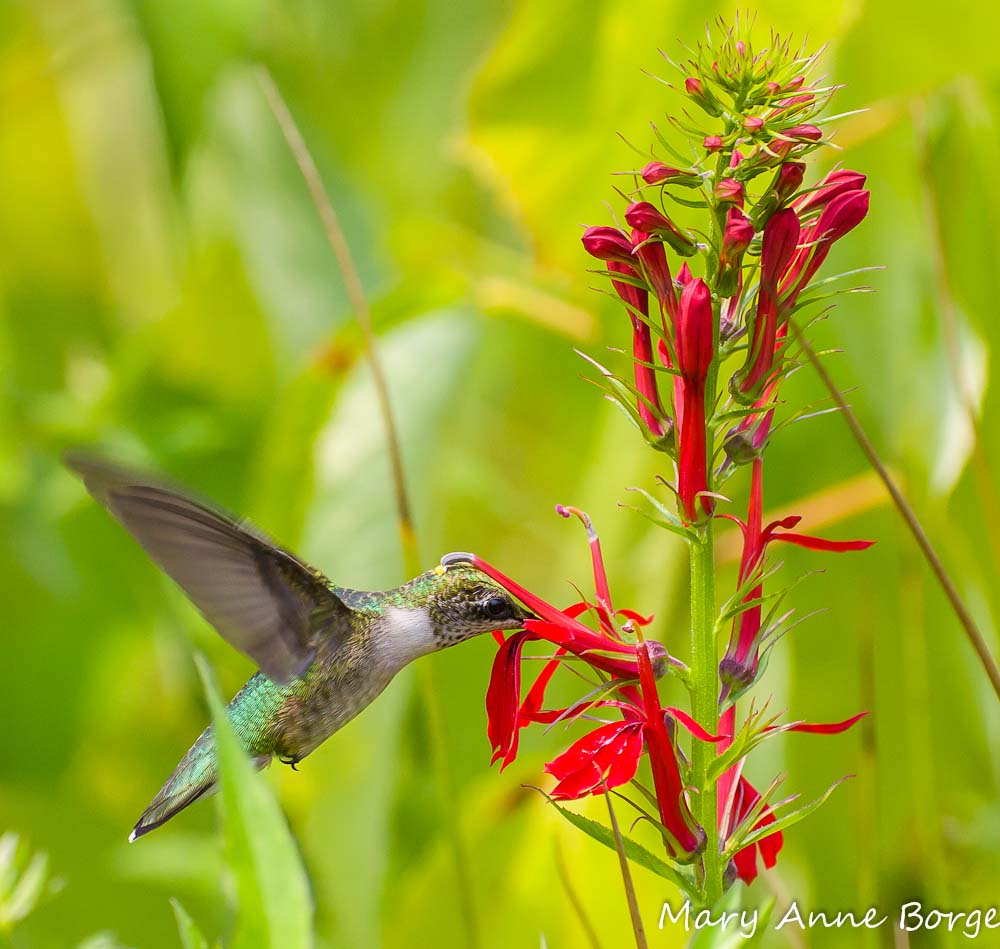
Photo: Courtesy of Mary Anne Borge, @the-natural-web.org
Bees also visit Cardinal Flowers, but most of them can’t reach the nectar deep inside the long tubular flowers, so they have become “nectar thieves.” They bite a hole into the flower tube and suck out nectar from the base of the flower, completely avoiding the pollenating structure. They are considered “thieves” because they take nectar without providing pollination service to the plant. Nectar-for-pollination is the basis of the plant/pollinator relationship, and these bees are cheating! As long as there are enough hummingbirds around, though, Cardinal Flower will survive.
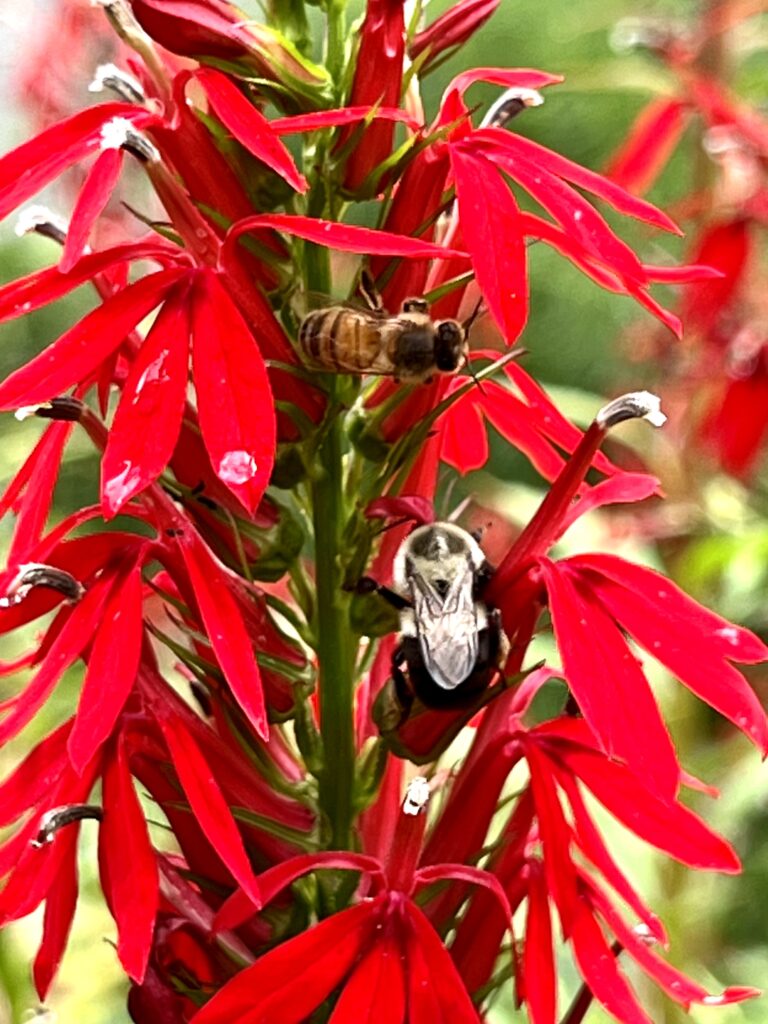
Lobelia likes wet, sunny locations, and is hardy in Zones 3 to 9. It is native to American wetlands, along ponds and streams, and is found from New Brunswick to Minnesota and south from Texas to Florida. Lobelia is considered a “short-lived” perennial. The original clump dies back after producing flowers, but it may send “off-sets” or shoots from the original clump into nearby areas, and it may also drop seeds around the original plant, thereby maintaining a presence. Or, it may not. Even in optimal conditions, Lobelia sometimes simply disappears from where it was planted, which is disappointing.
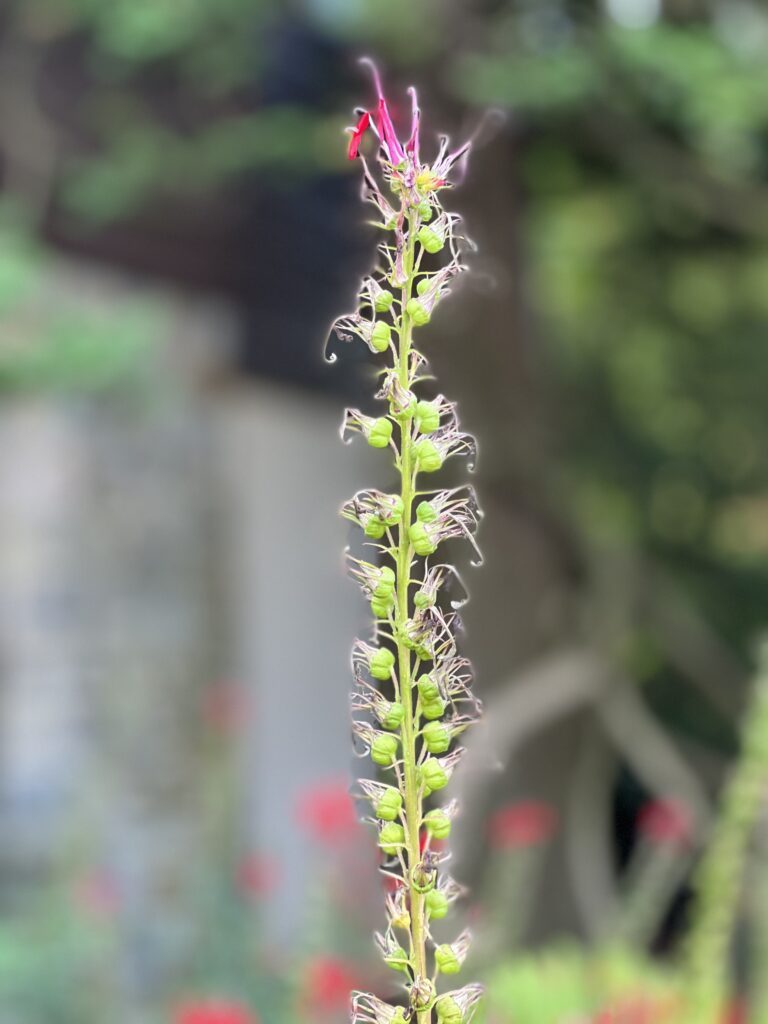
As Lobelia finishes blooming, seed pods remain on the tall stalks where they ripen, producing lots of very tiny seeds. Larry Weaner, horticulturist, landscape designer, and native plant expert, explains that the seeds need to sit on top of open soil, exposed to sunlight, to germinate. So, he recommends disturbing the soil around Lobelia plants in the fall, and leaving the seed pods in place all winter to open up and drop their seeds. By roughing up the soil around the plants, you provide the open soil necessary for germination, increasing the likelihood of Lobelia coming up again where it was planted.
So, what makes Lobelia unpredictable, whimsical, and even a bit mysterious? We planted Lobelia in a sunny rain garden, theoretically a “perfect” location, but it disappeared after a few seasons. Several years later, it popped up in a dry meadow on the opposite side of the property, hundreds of feet away. How did the seeds move across the property?
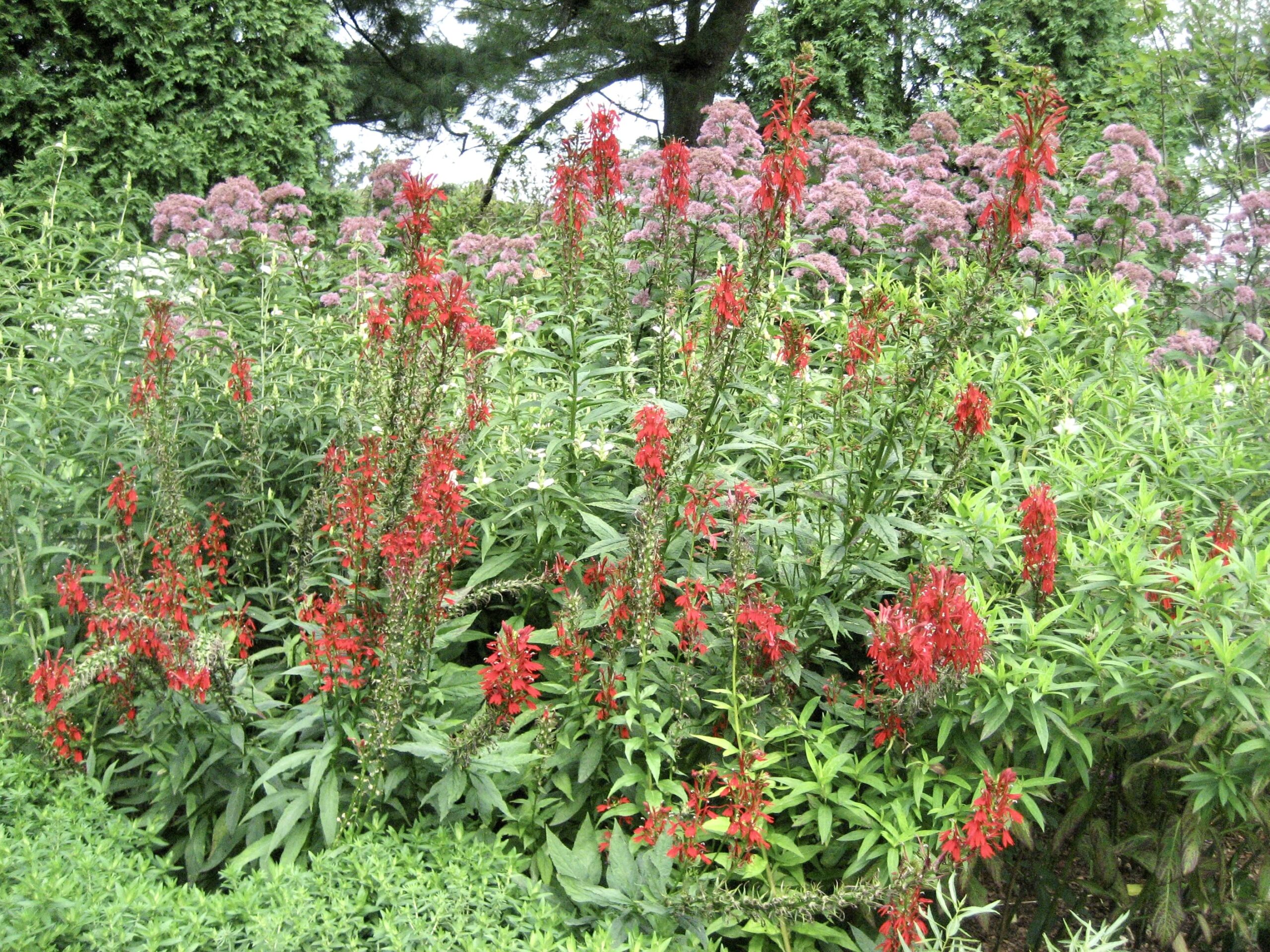
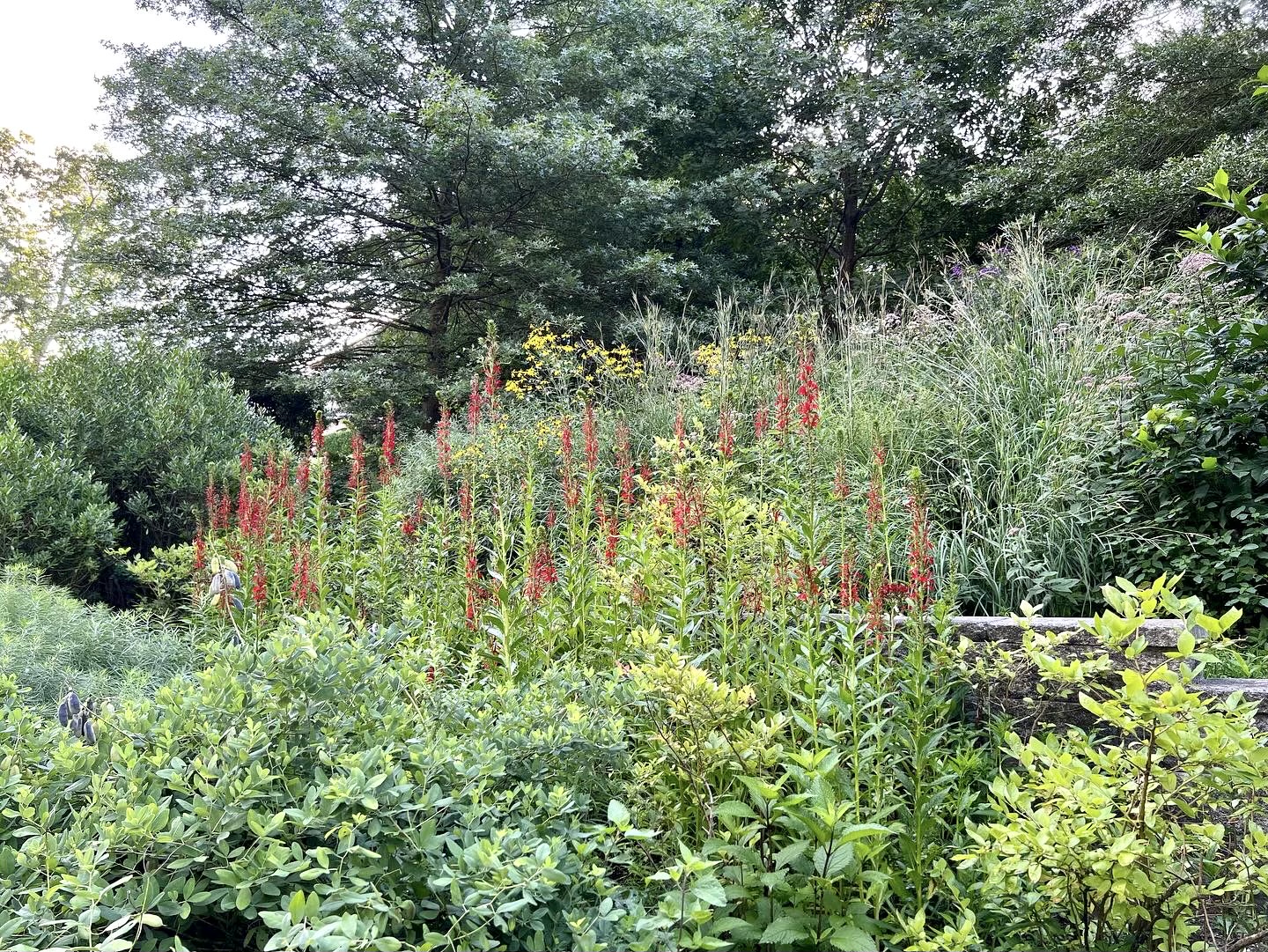
The seeds are much too small to be eaten or carried by birds. Although it is conceivable the seeds are carried by wind, literature on the subject is far from conclusive. Larry Weaner’s observations suggest the seeds may attach themselves to soil, which is then carried by rainfall, but inevitably downhill.
So, how did this get here? The Lobelia on this property moved across a driveway, across lawn, and uphill to the other side of the house. A few years later, it also popped up across a patio in a fern garden, and then over a hedge and under a huge cedar tree. Then it mysteriously appeared in a backyard shrub border. And it recently appeared by a downspout.
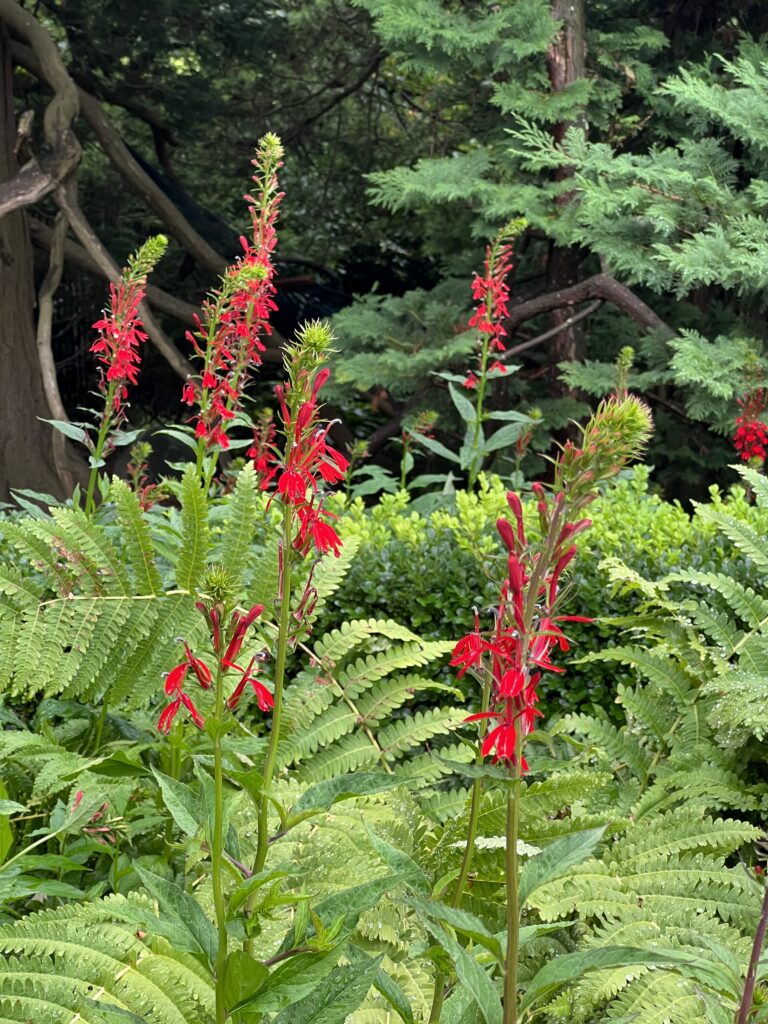

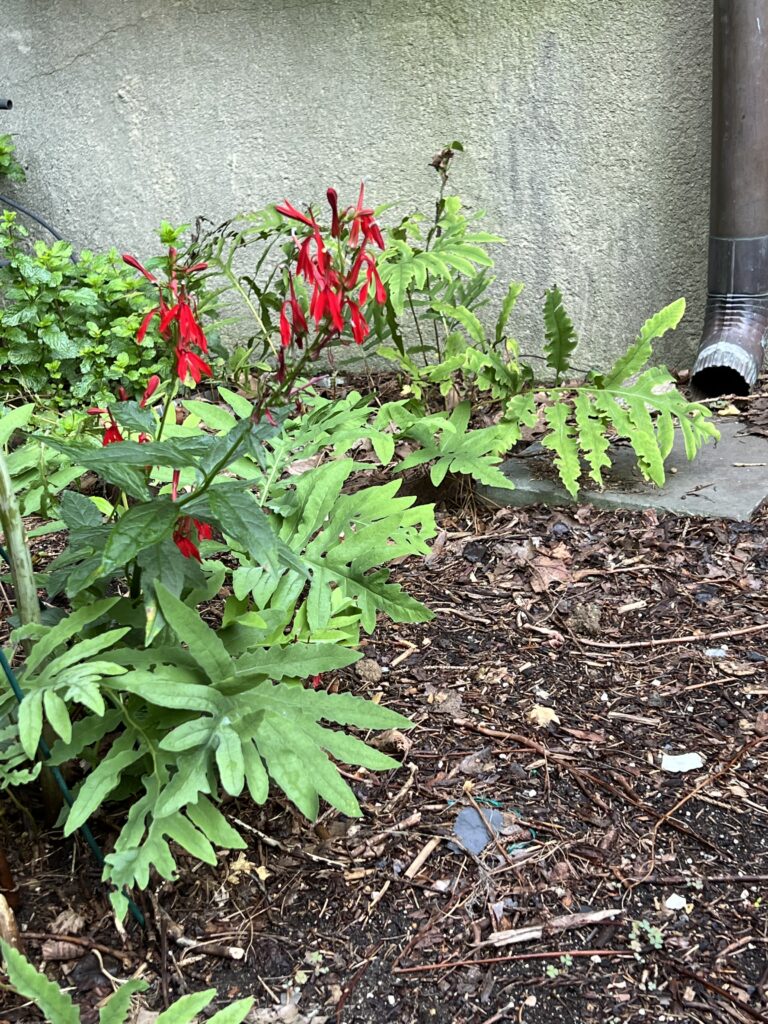
At the Greenburgh Nature Center, we recently spotted Lobelia next to a path at least 100 yards away and around a corner from the only place on the property it was ever planted.
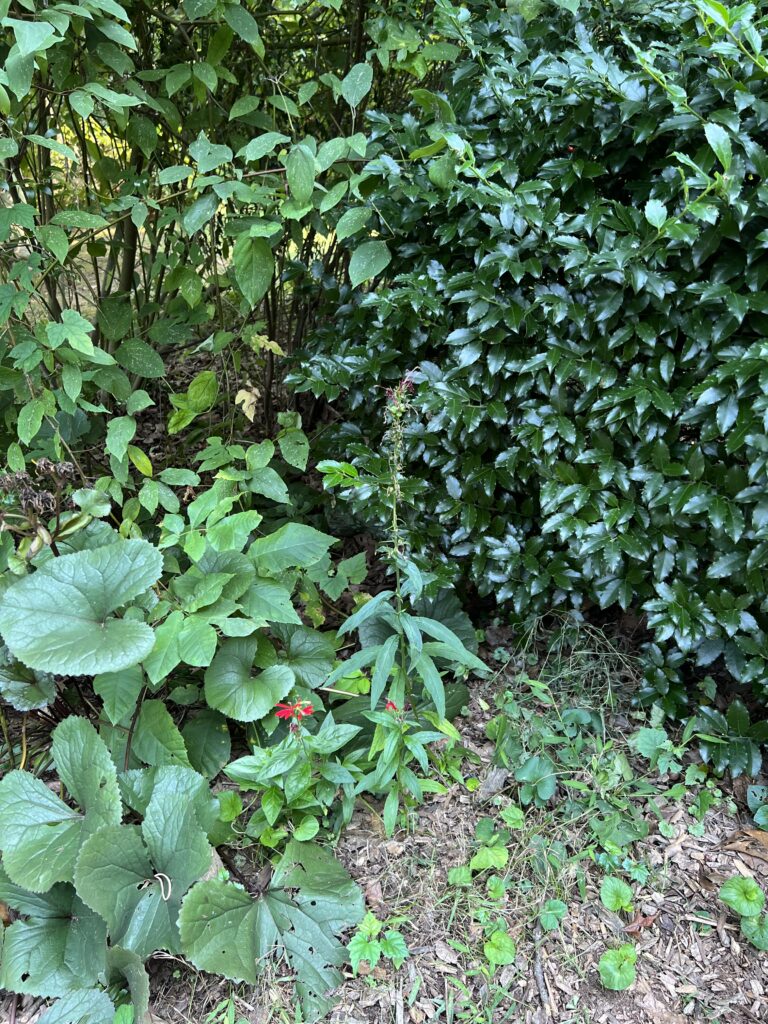
We are not sure why Cardinal Flower disappears from the places it’s planted, or how it moves around, or why it decides to appear where it does. We are starting to suspect that the seeds are carried on the soles of our shoes as we work in different parts of the garden, but we are open to other theories and observations!
In your own garden, if you want predictable, reliable perennials, there are lots of other great native plants to choose from. But if you enjoy a little mystery, a few surprises, a gorgeous plant, and happy hummingbirds, you will be delighted by Lobelia cardinalis.
